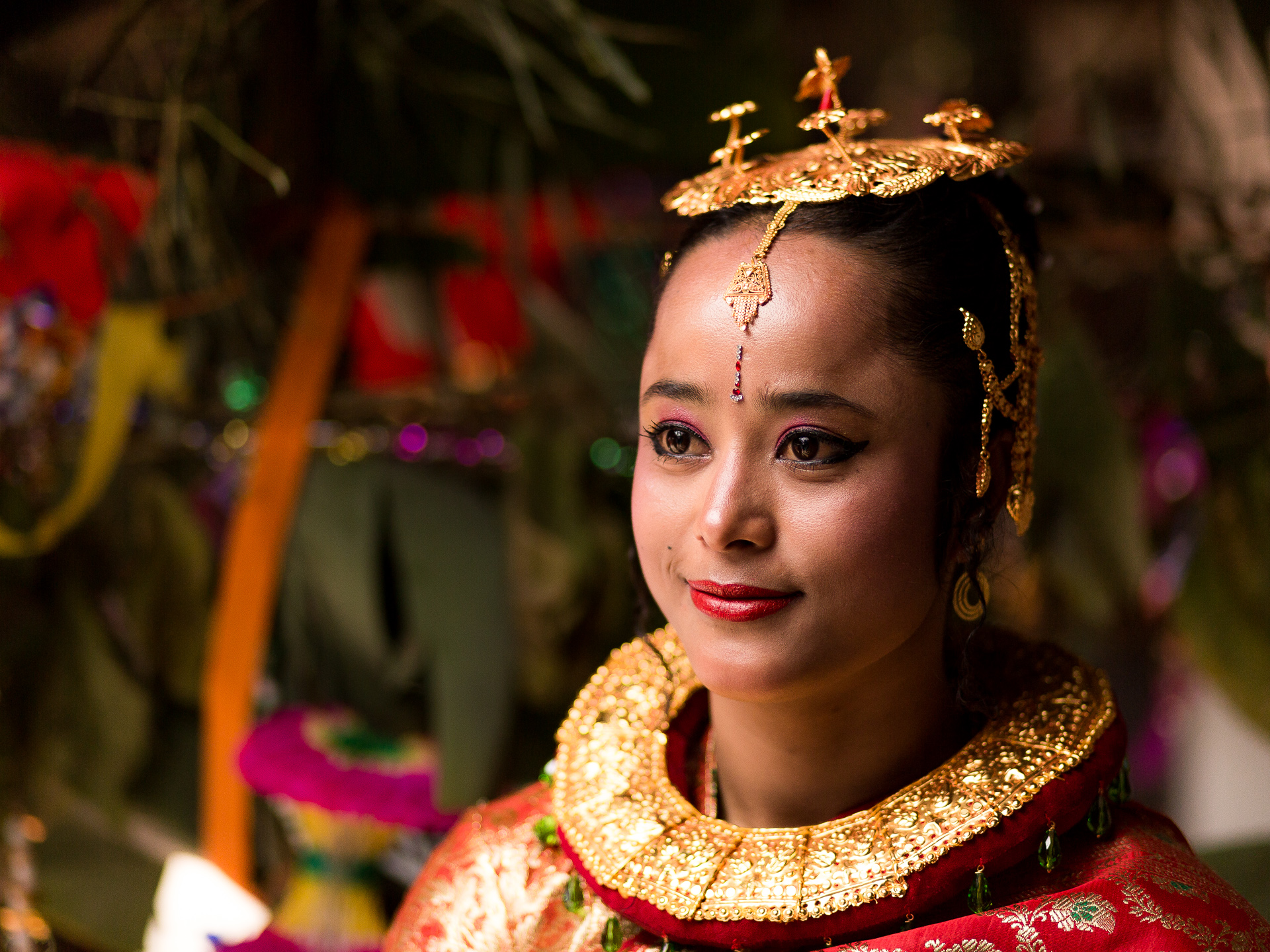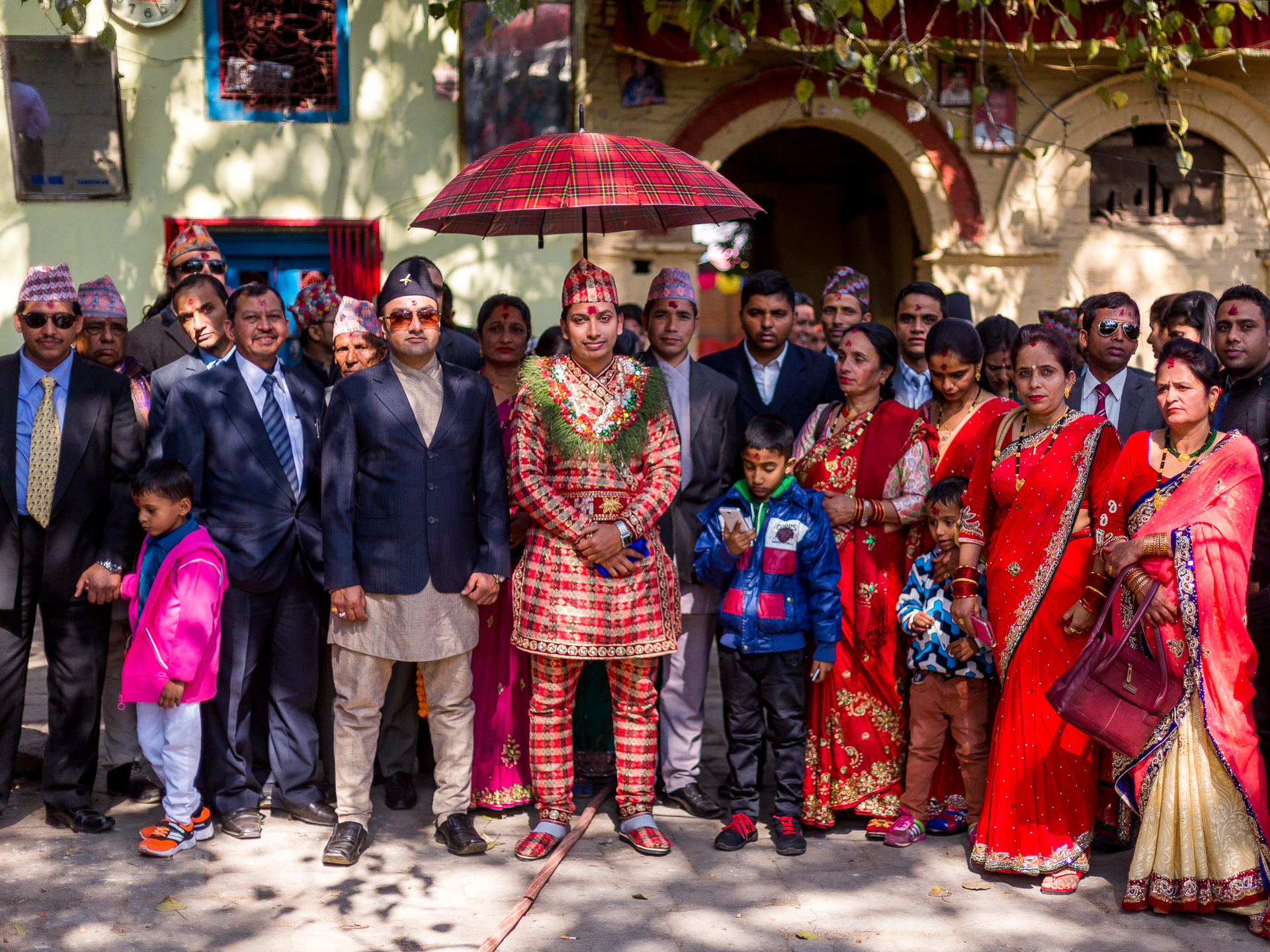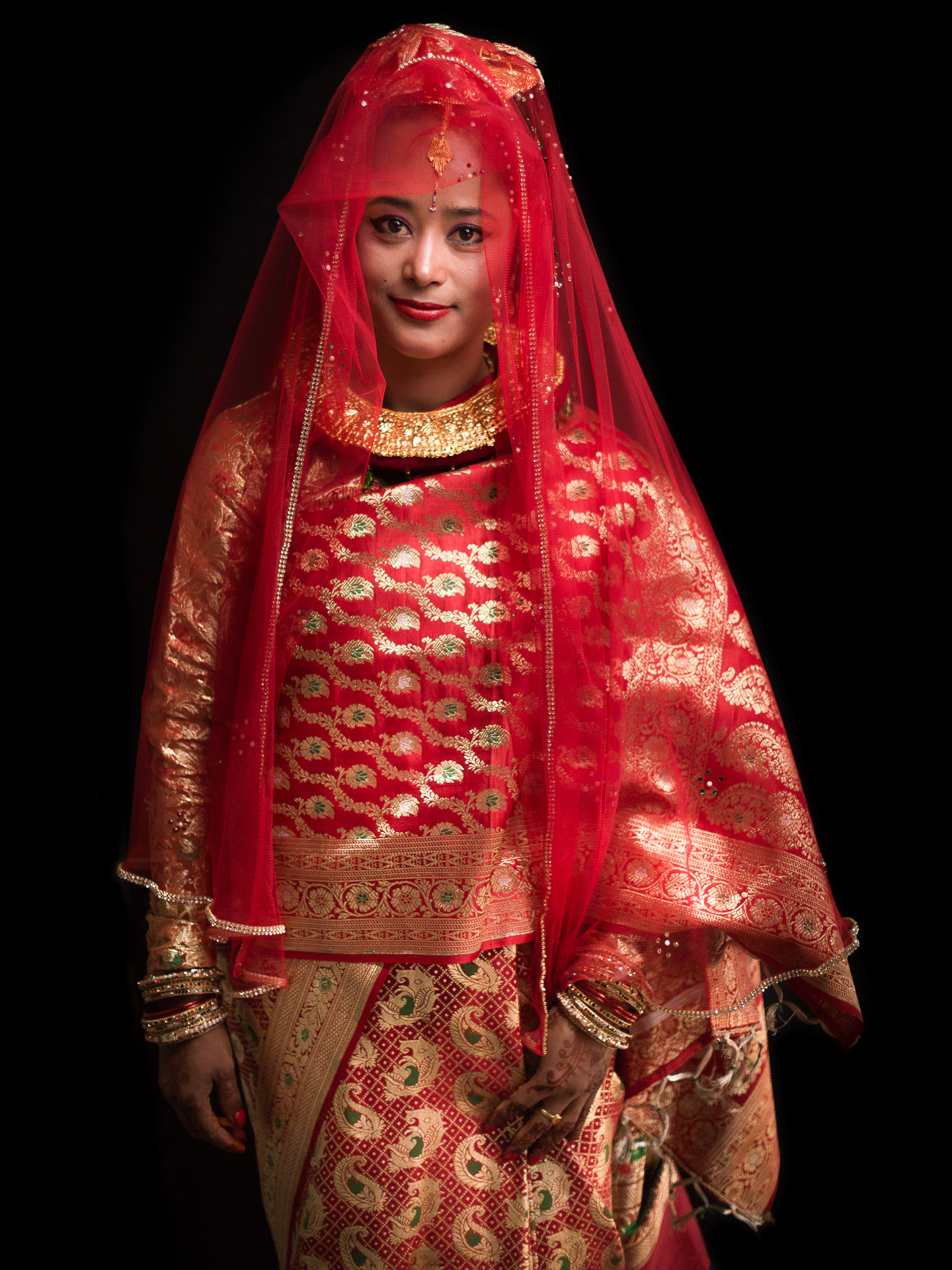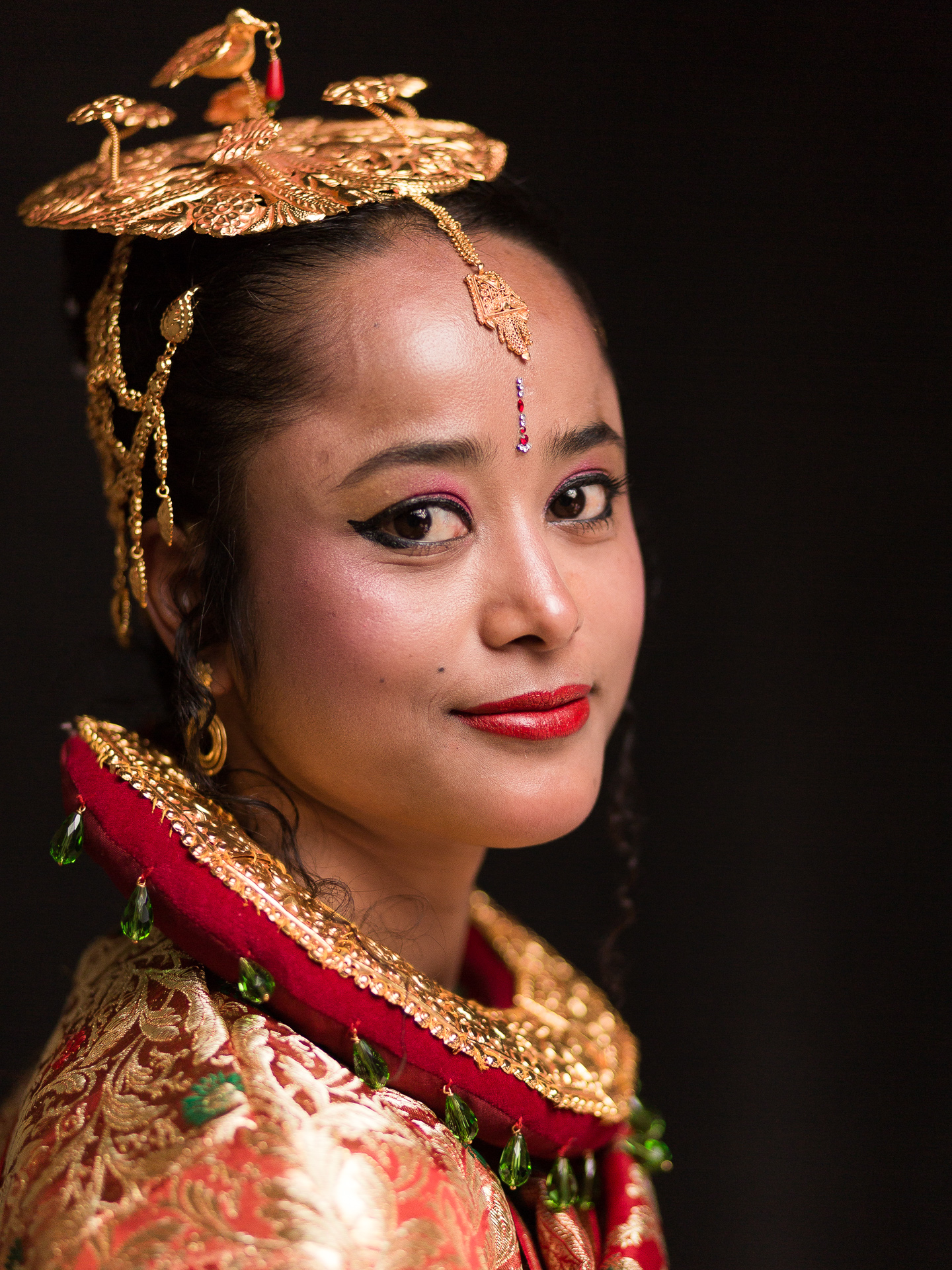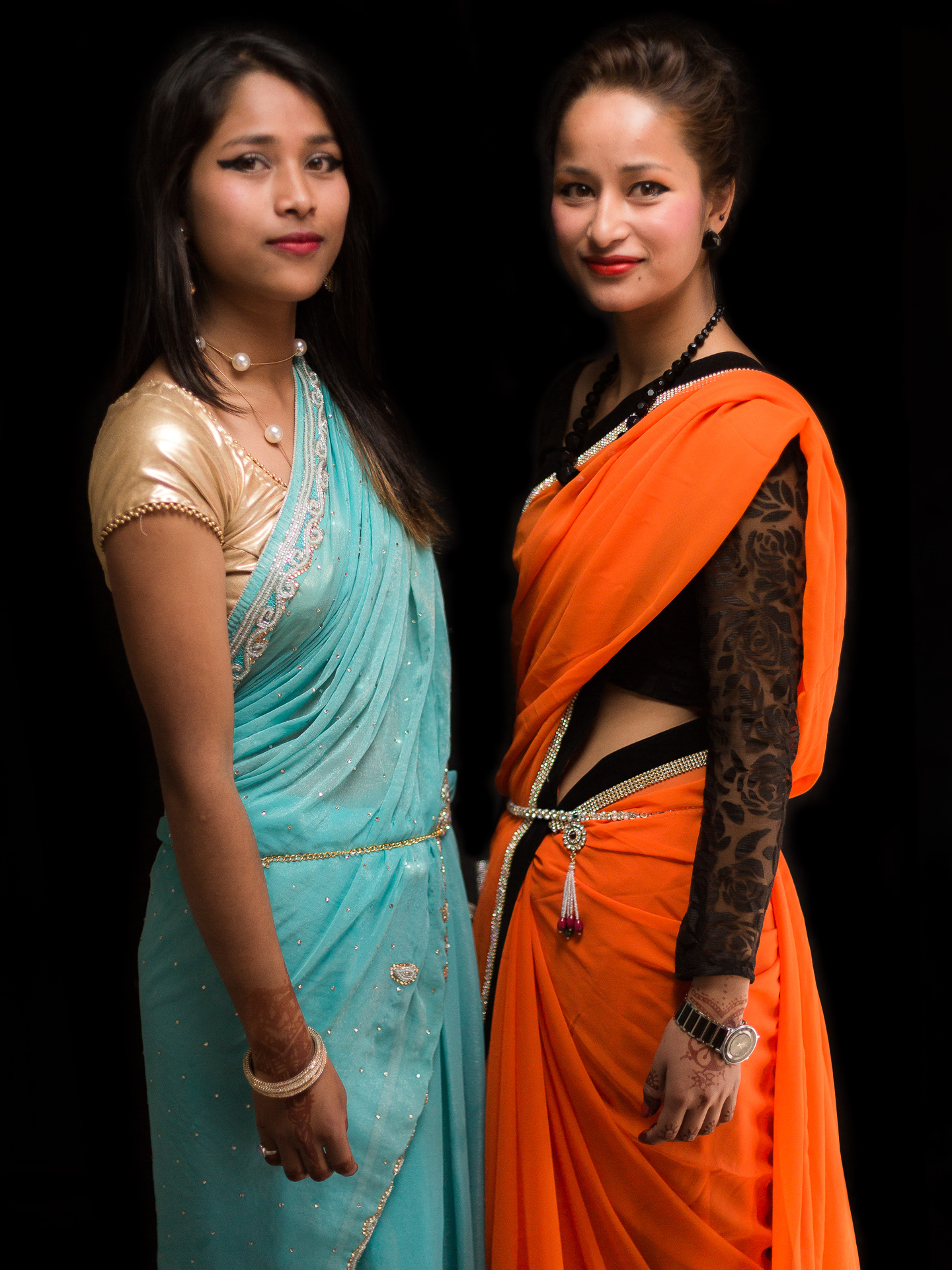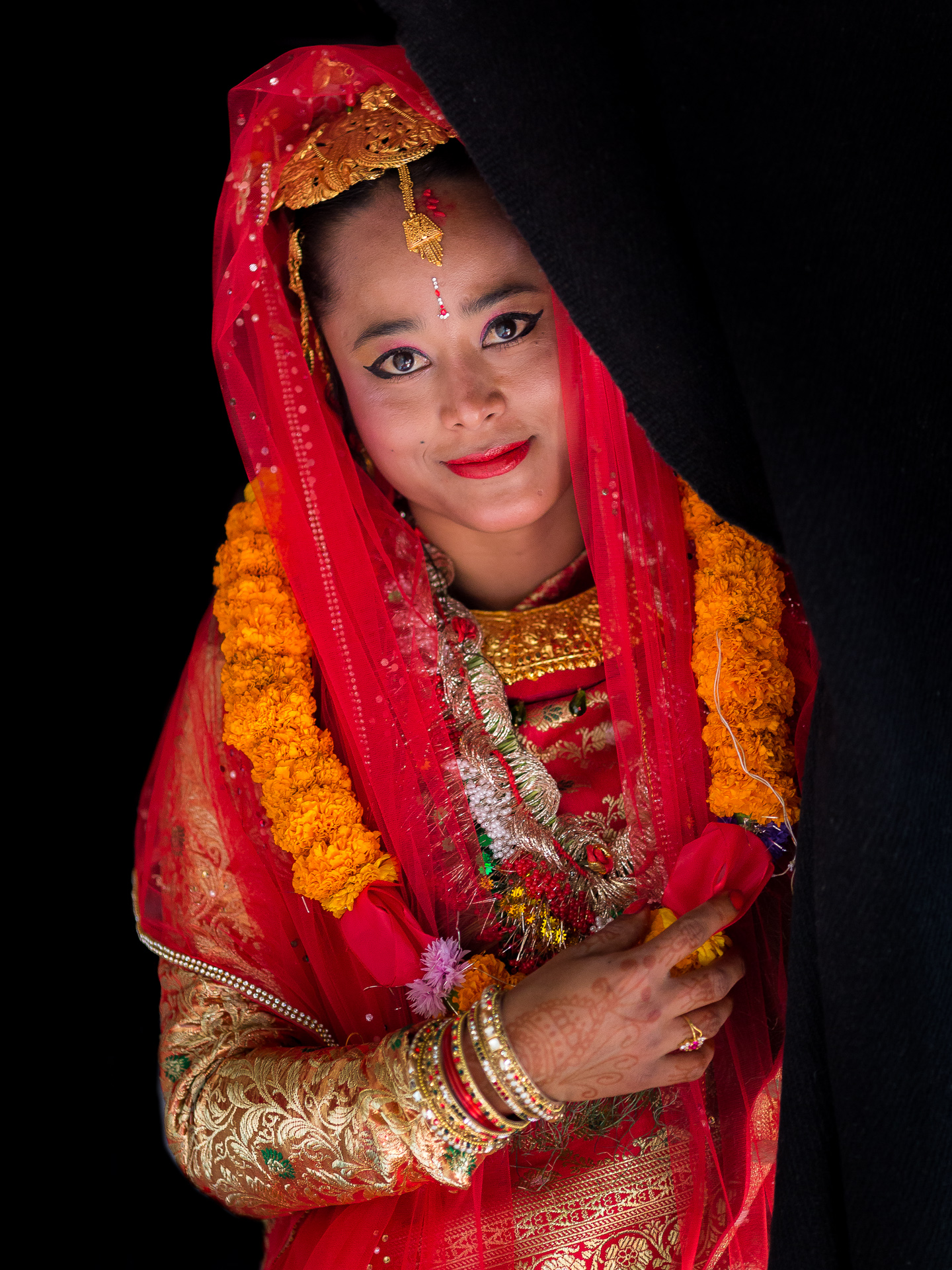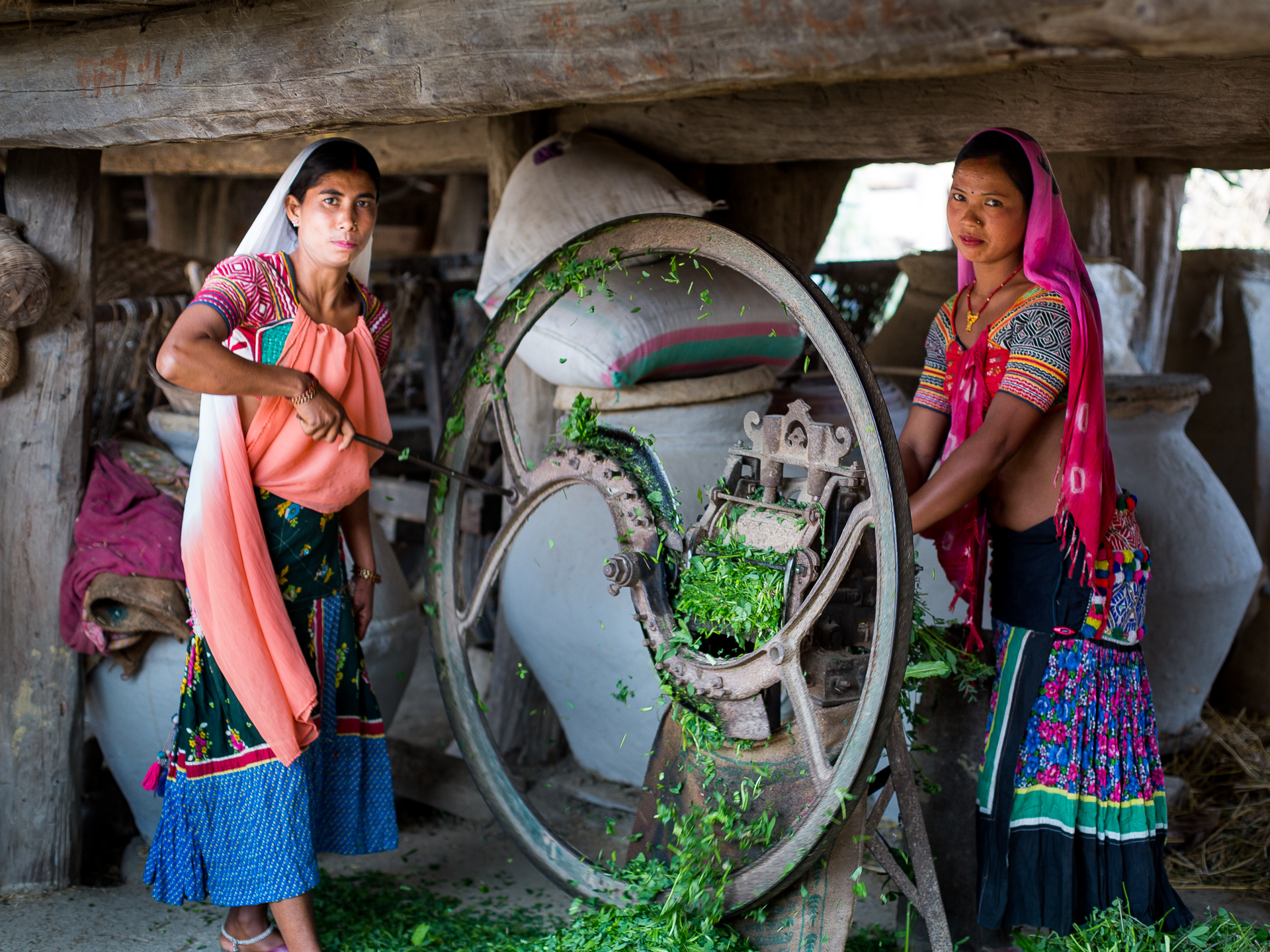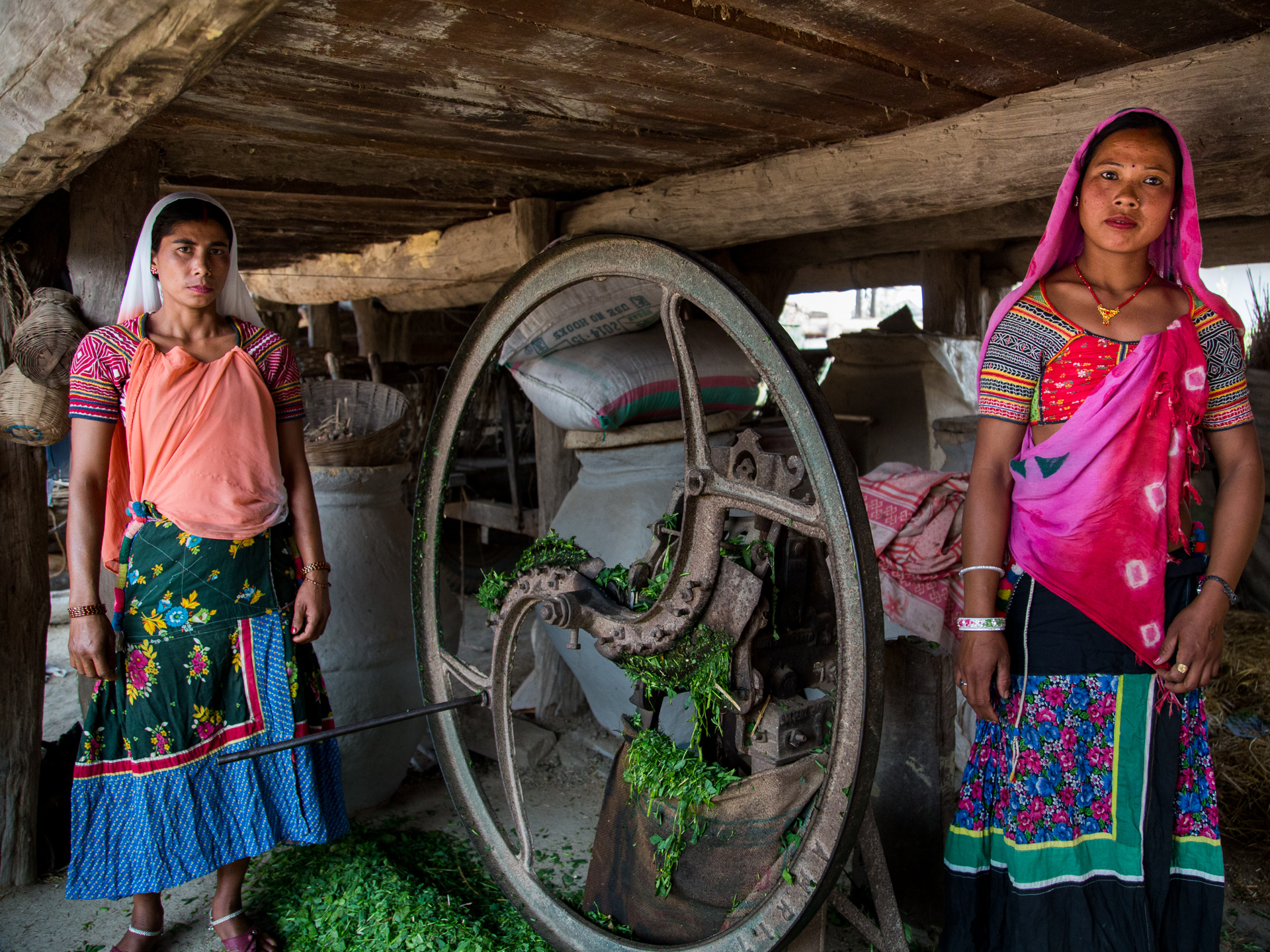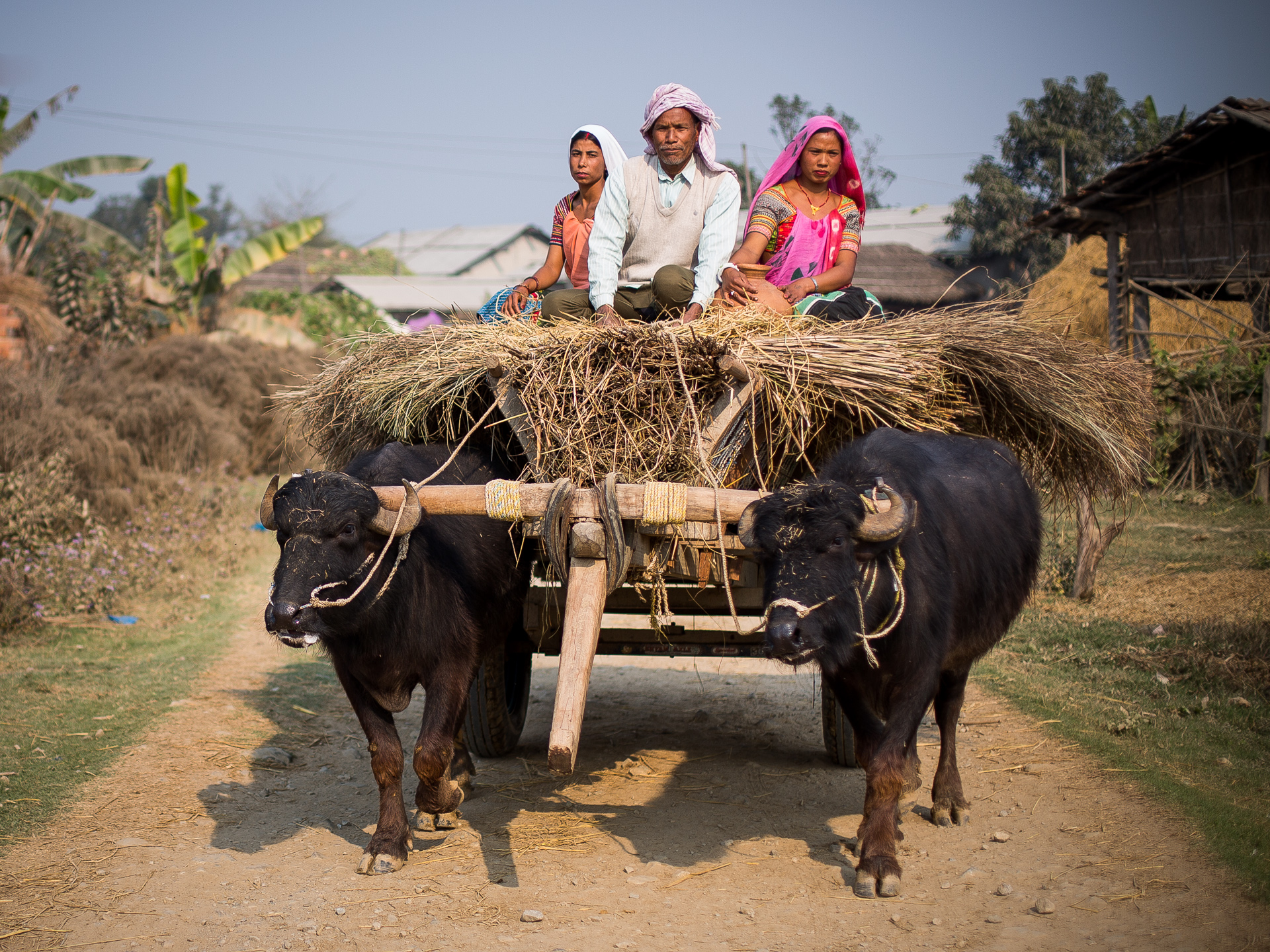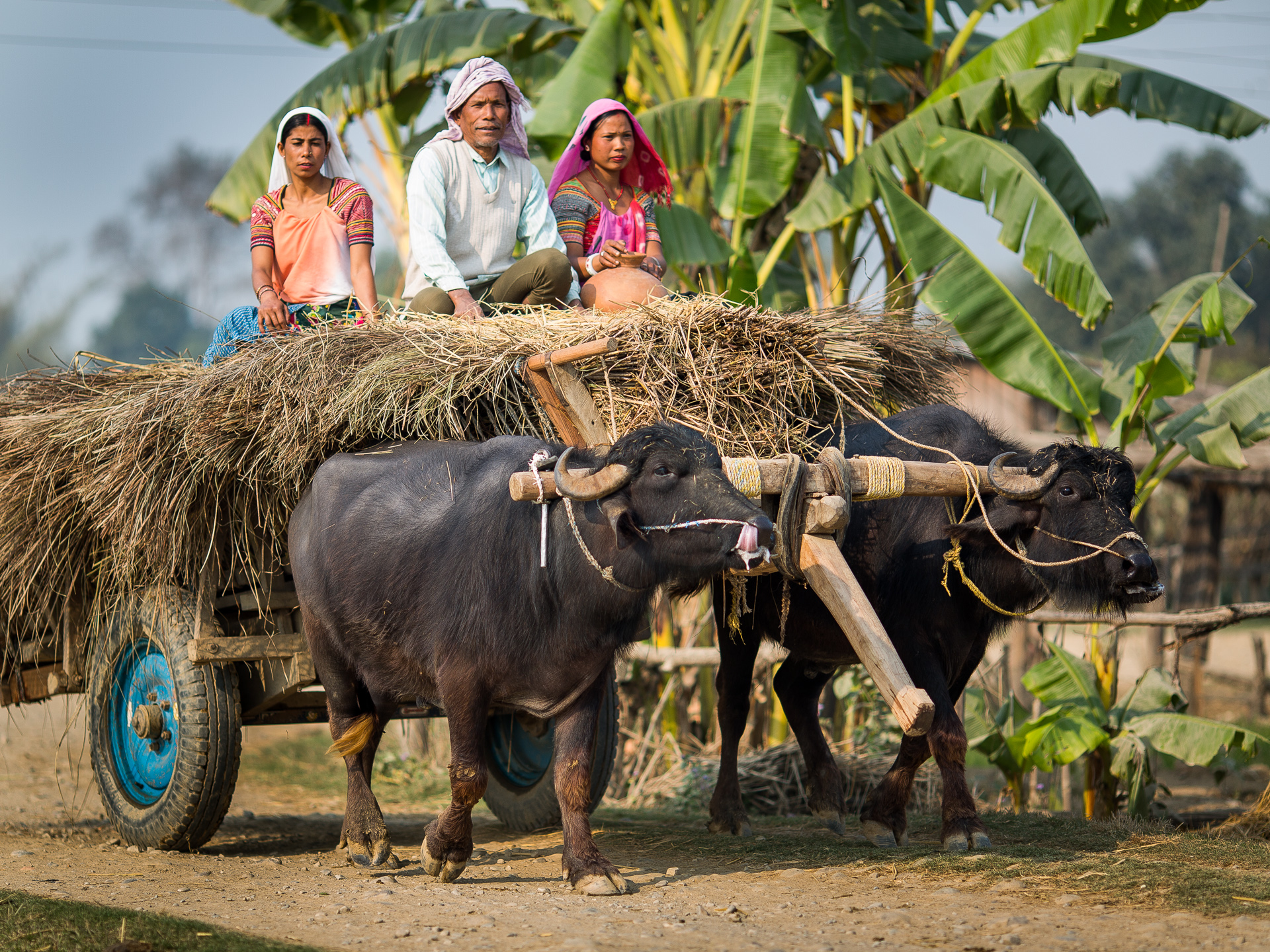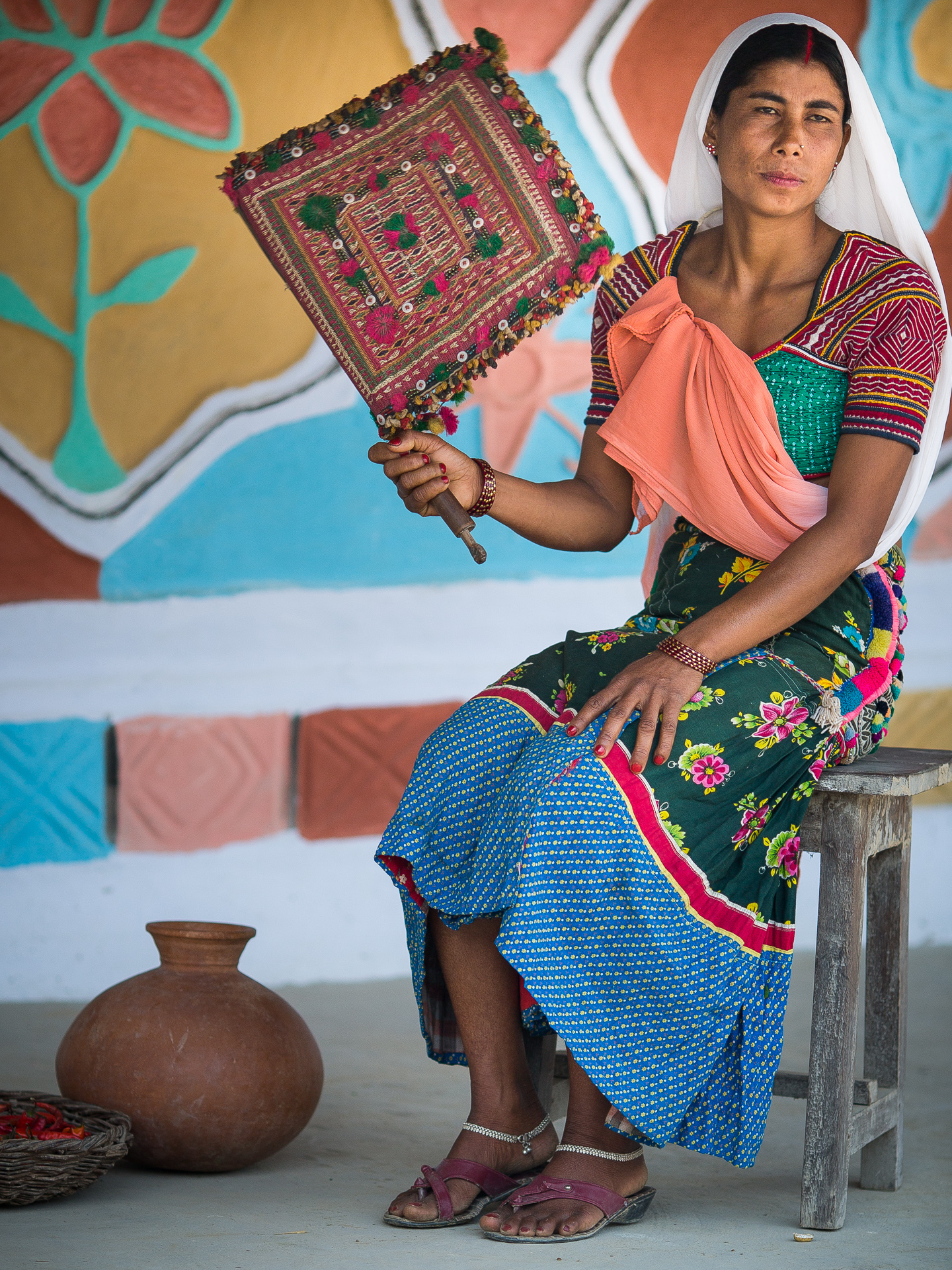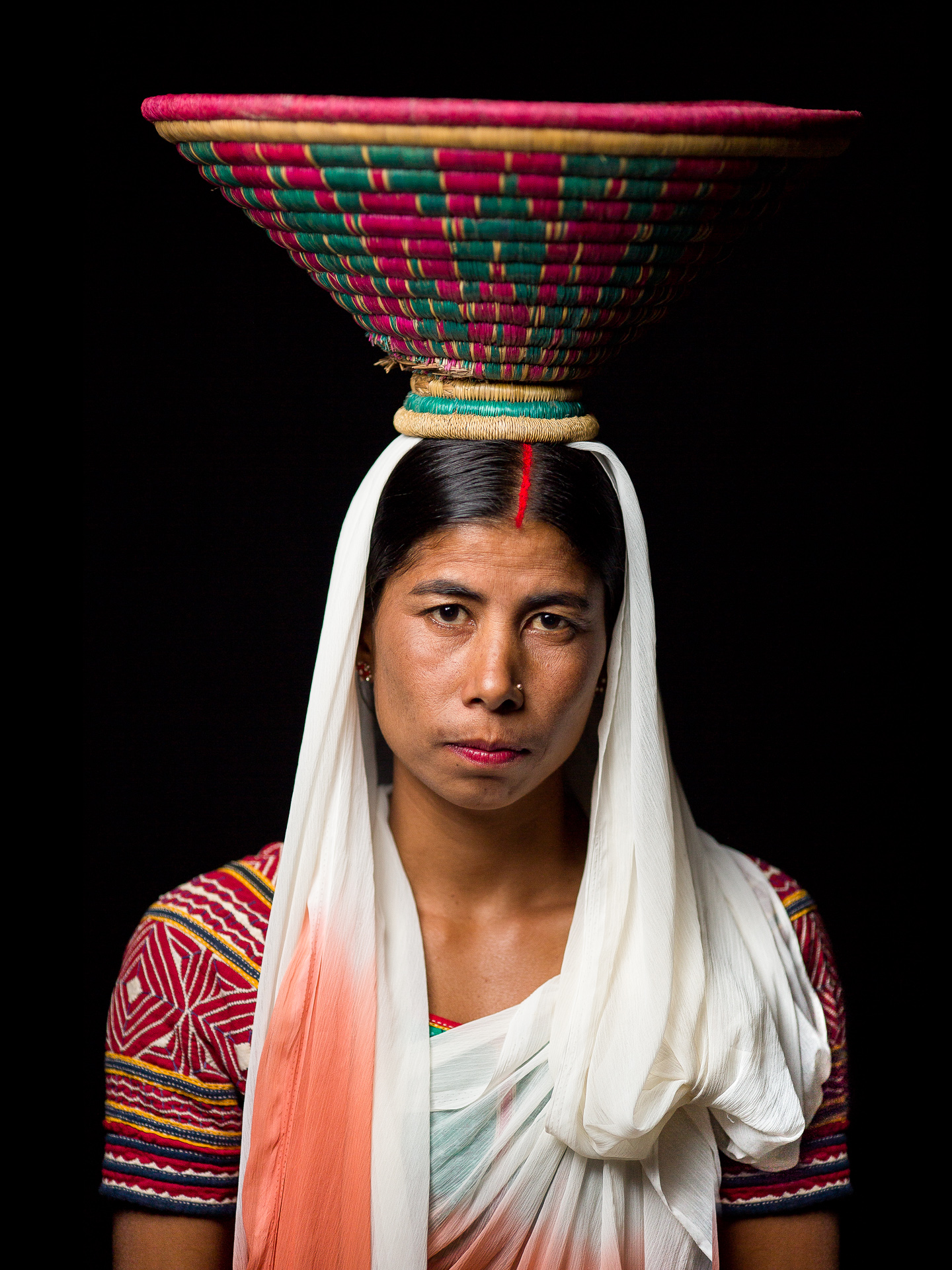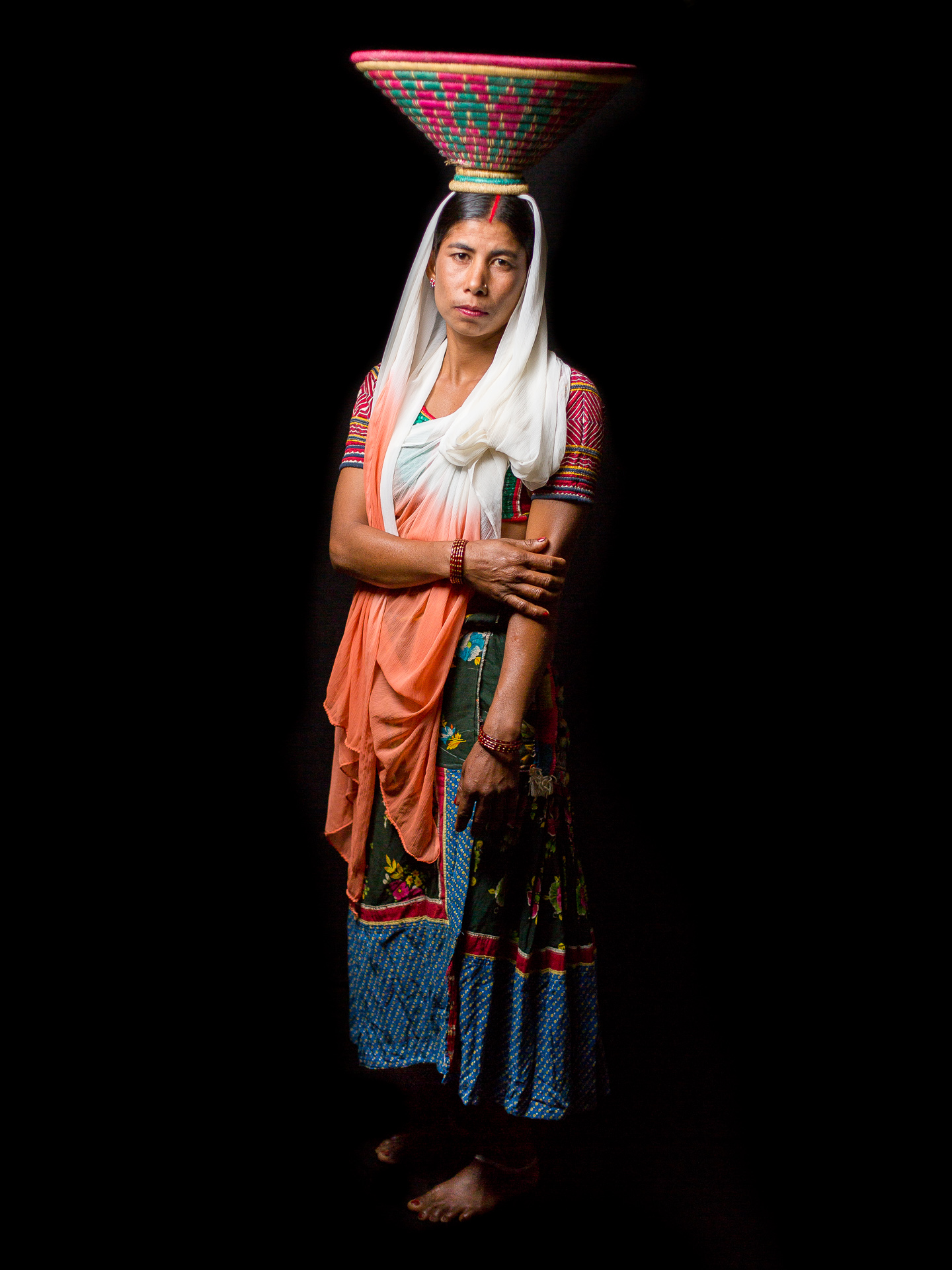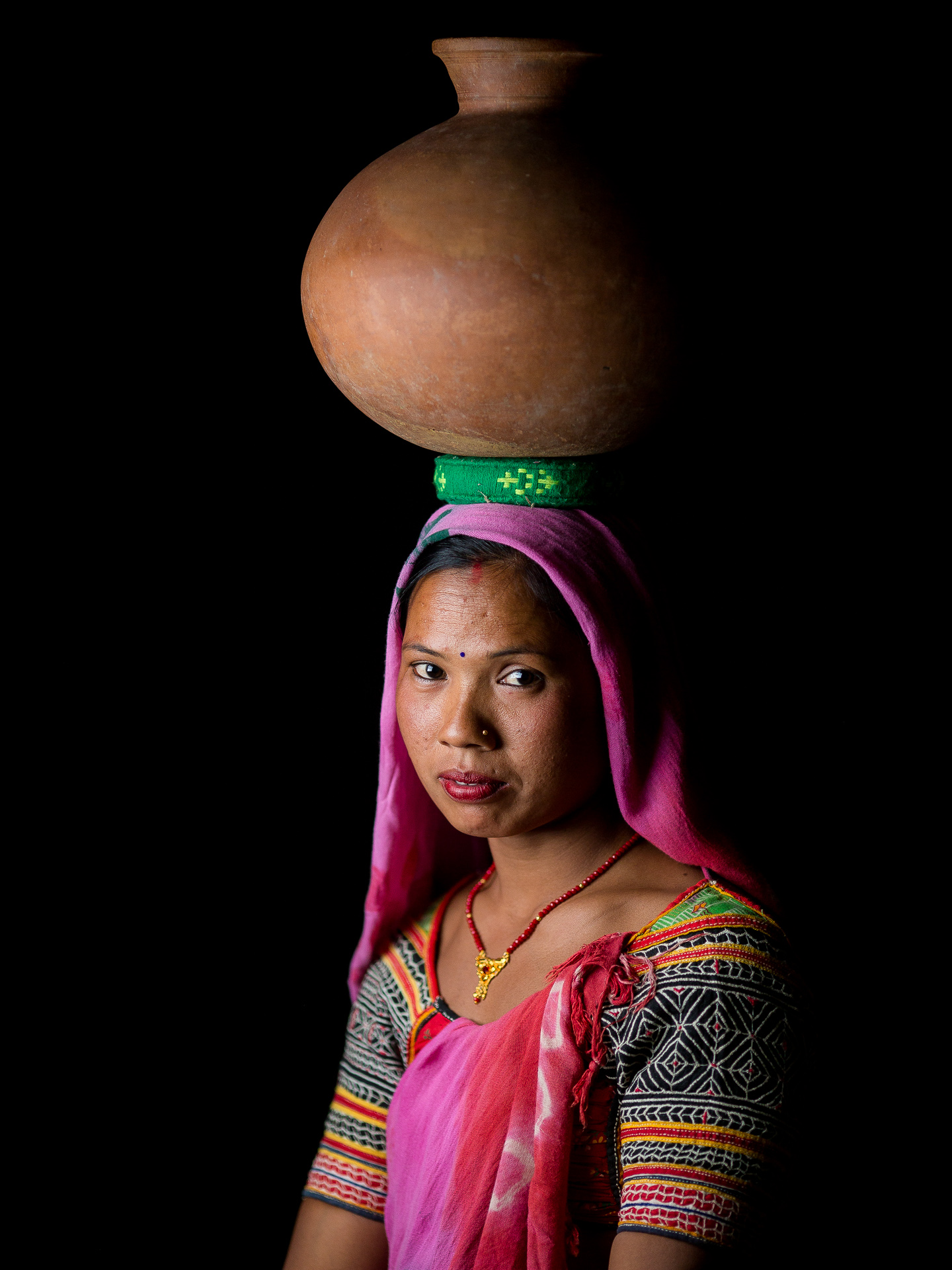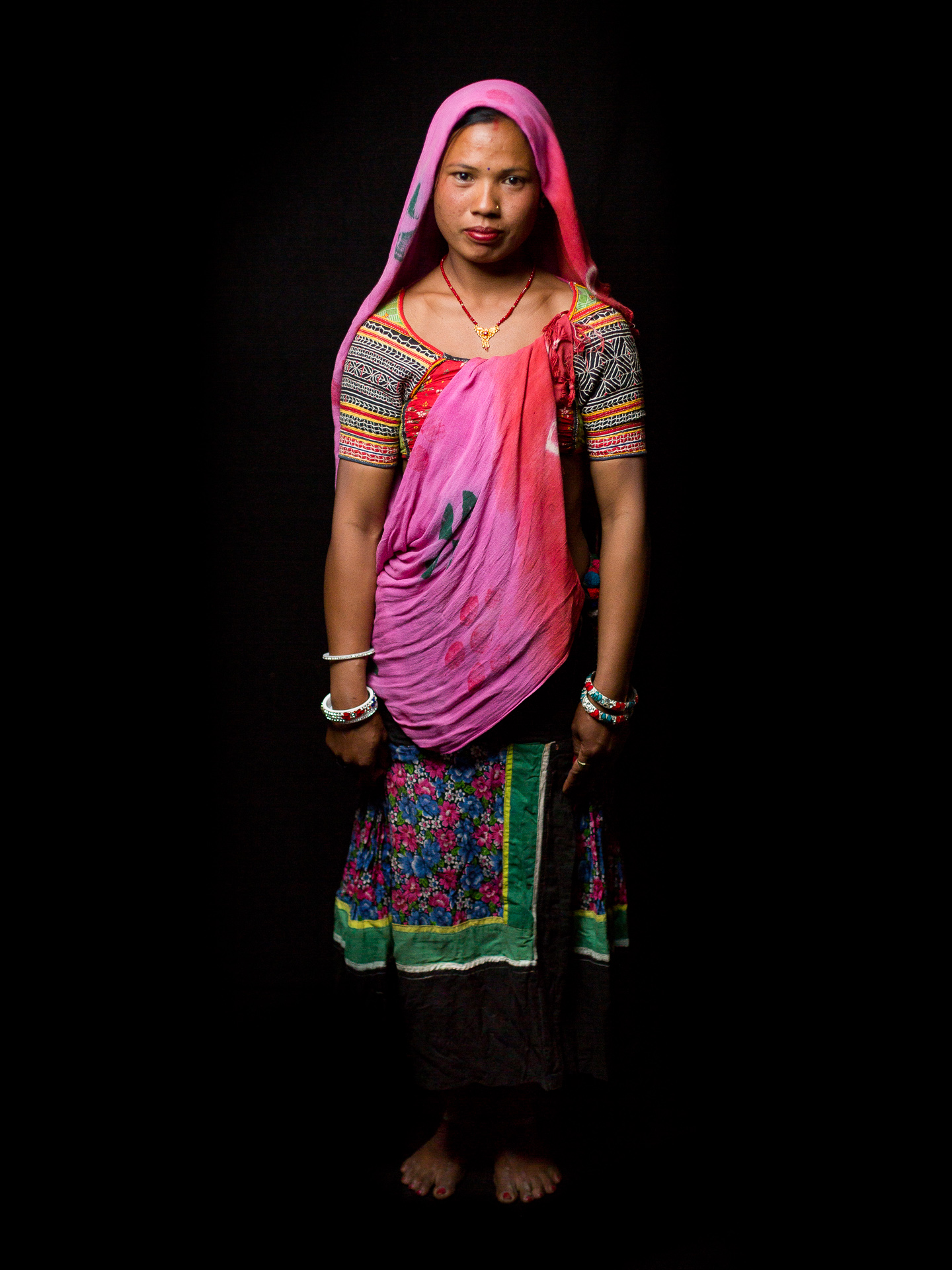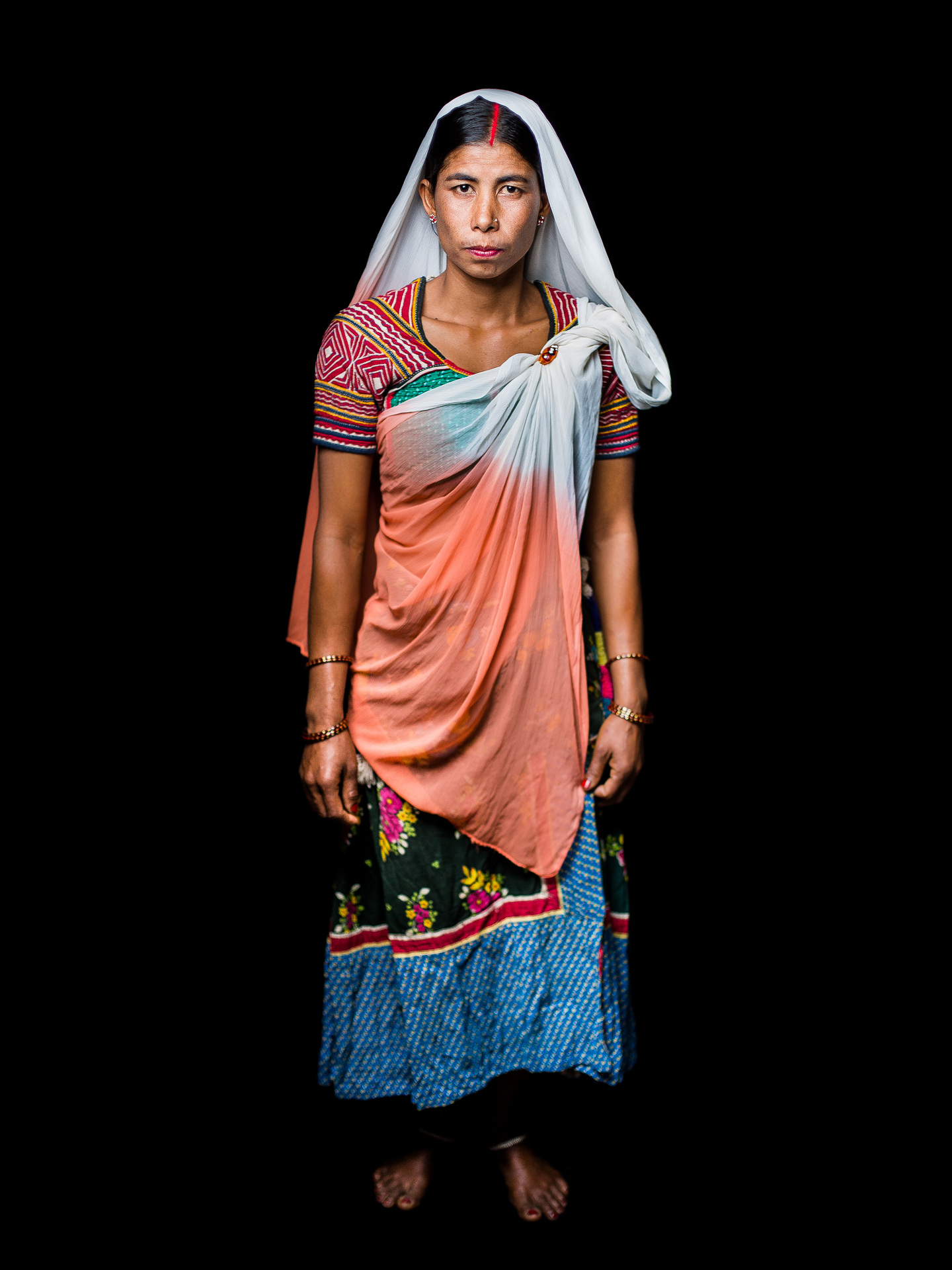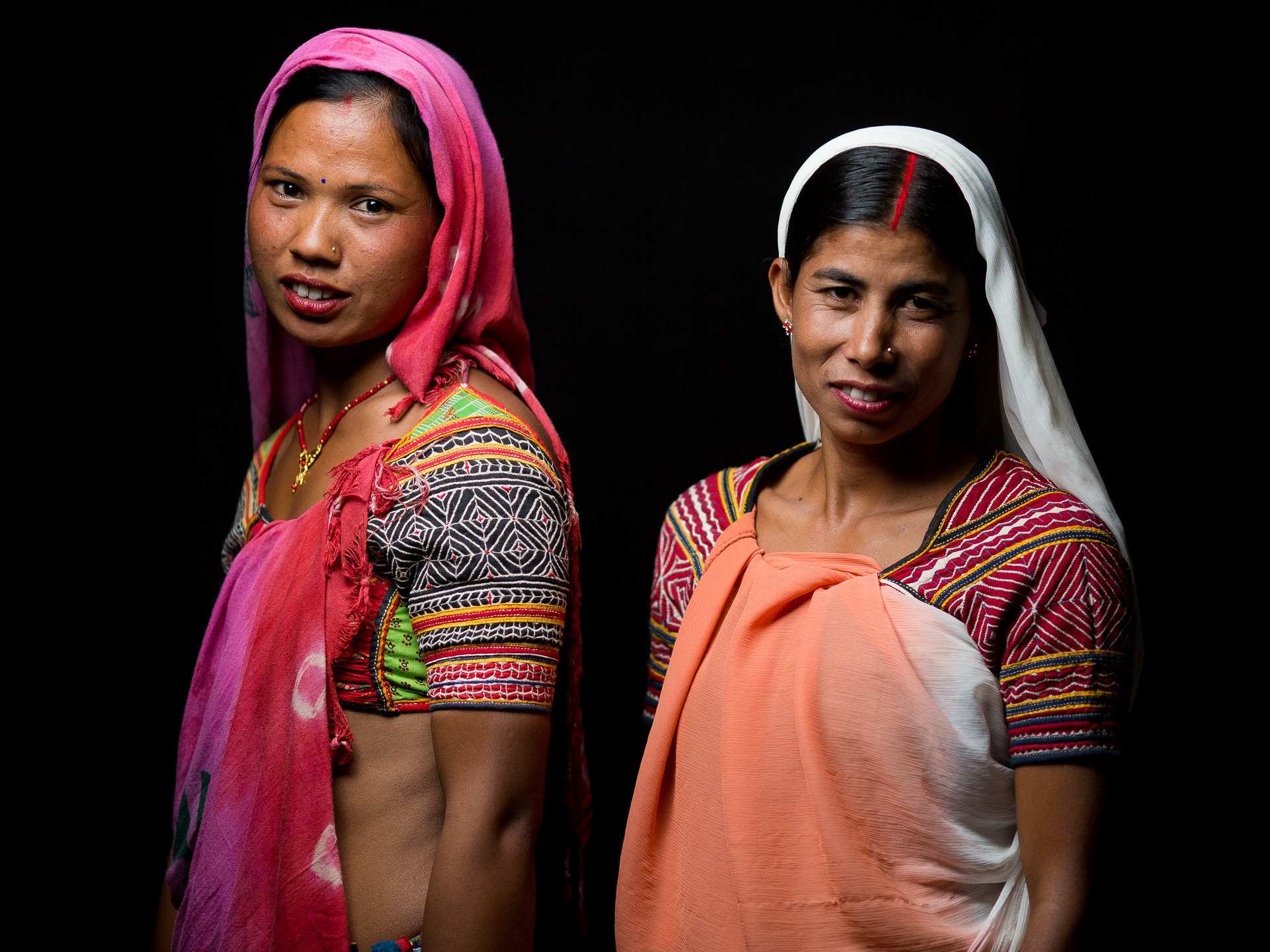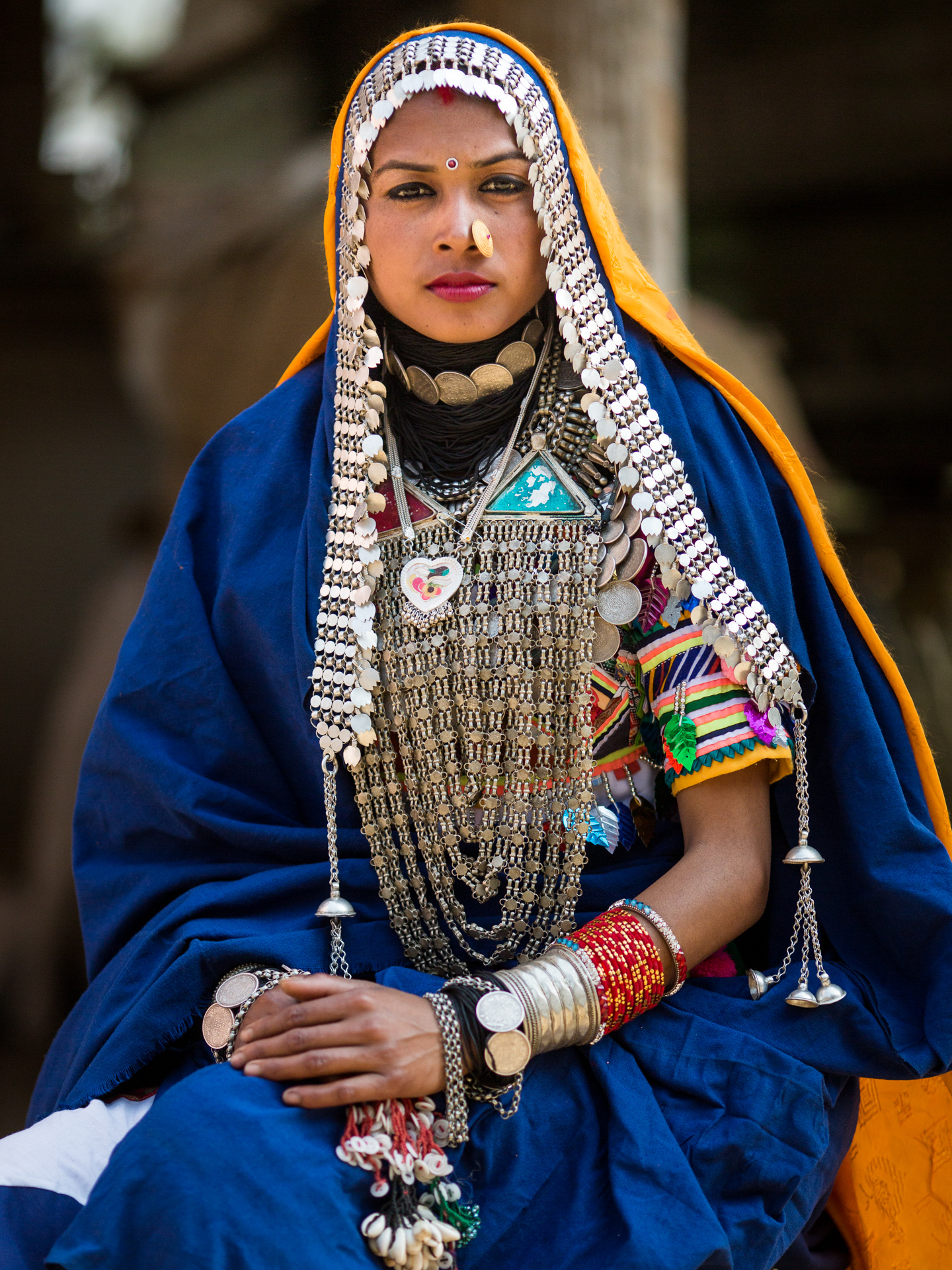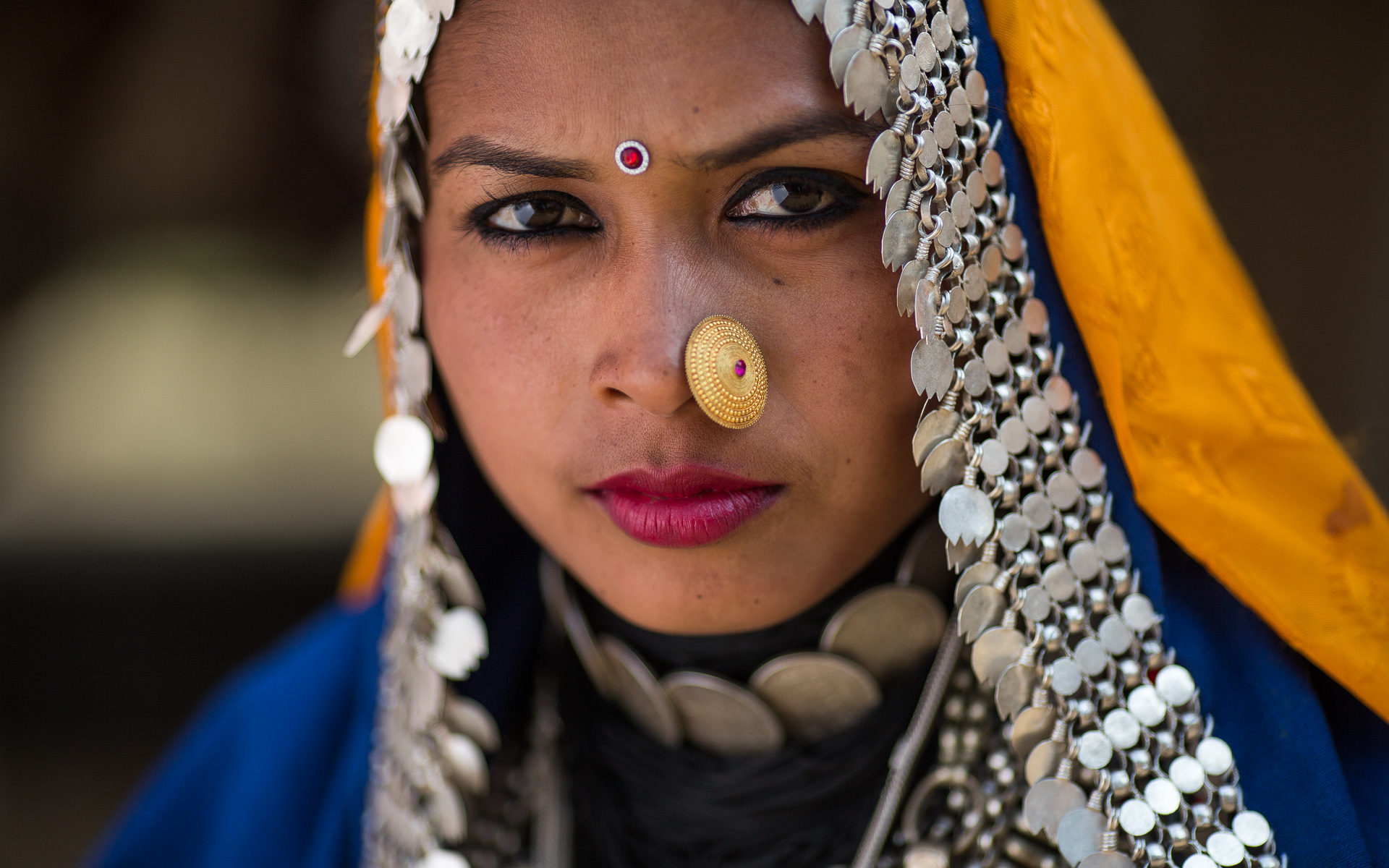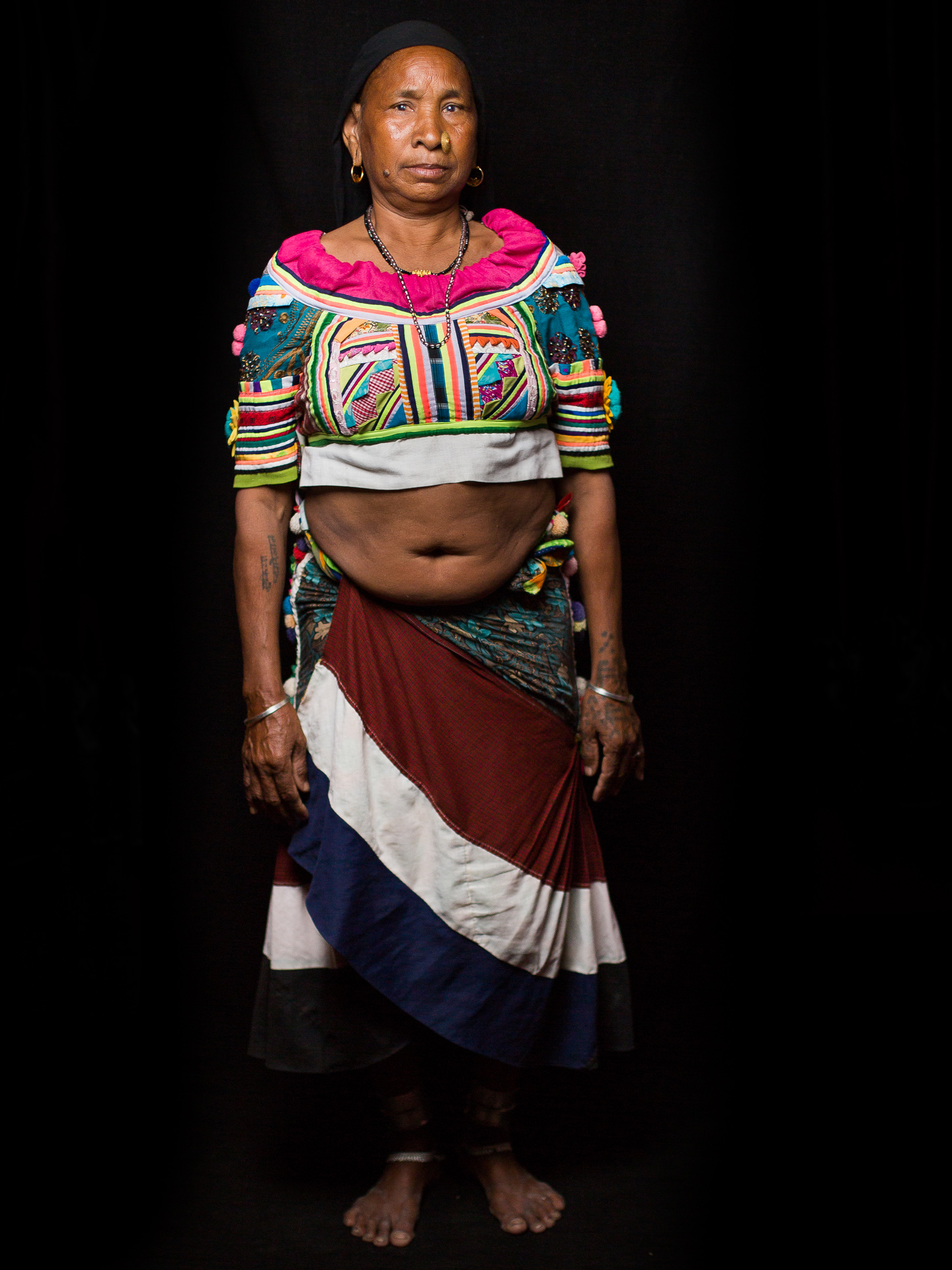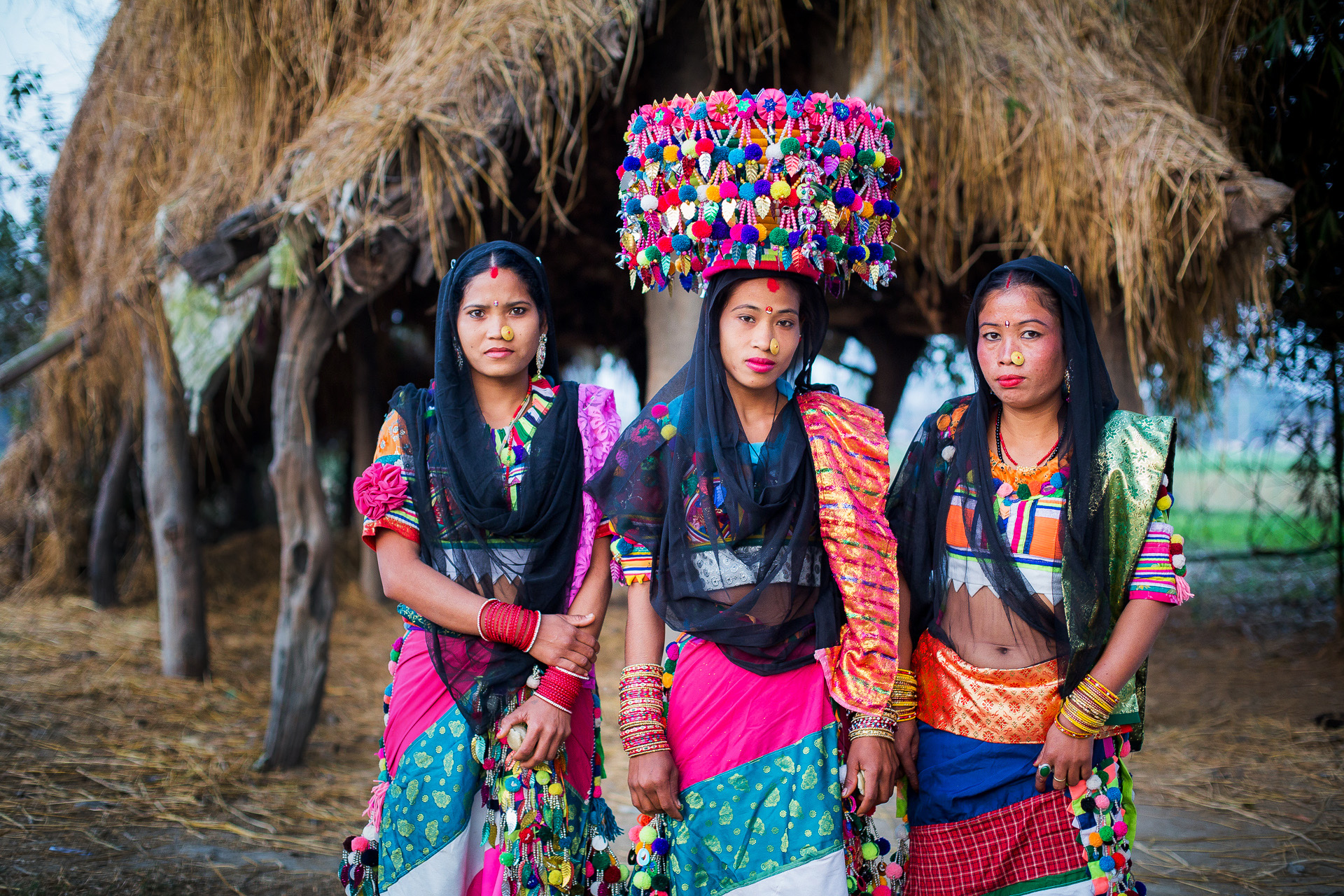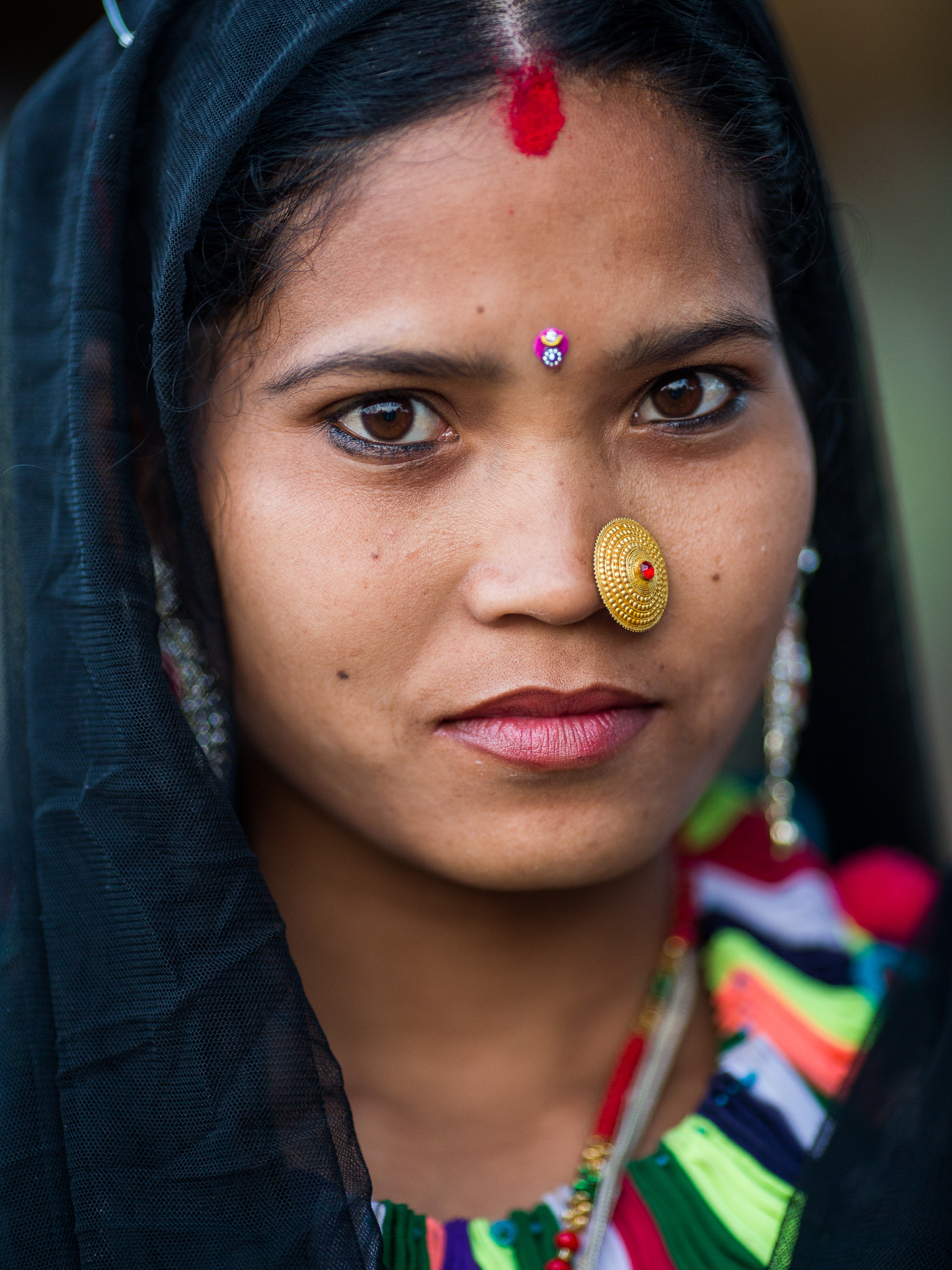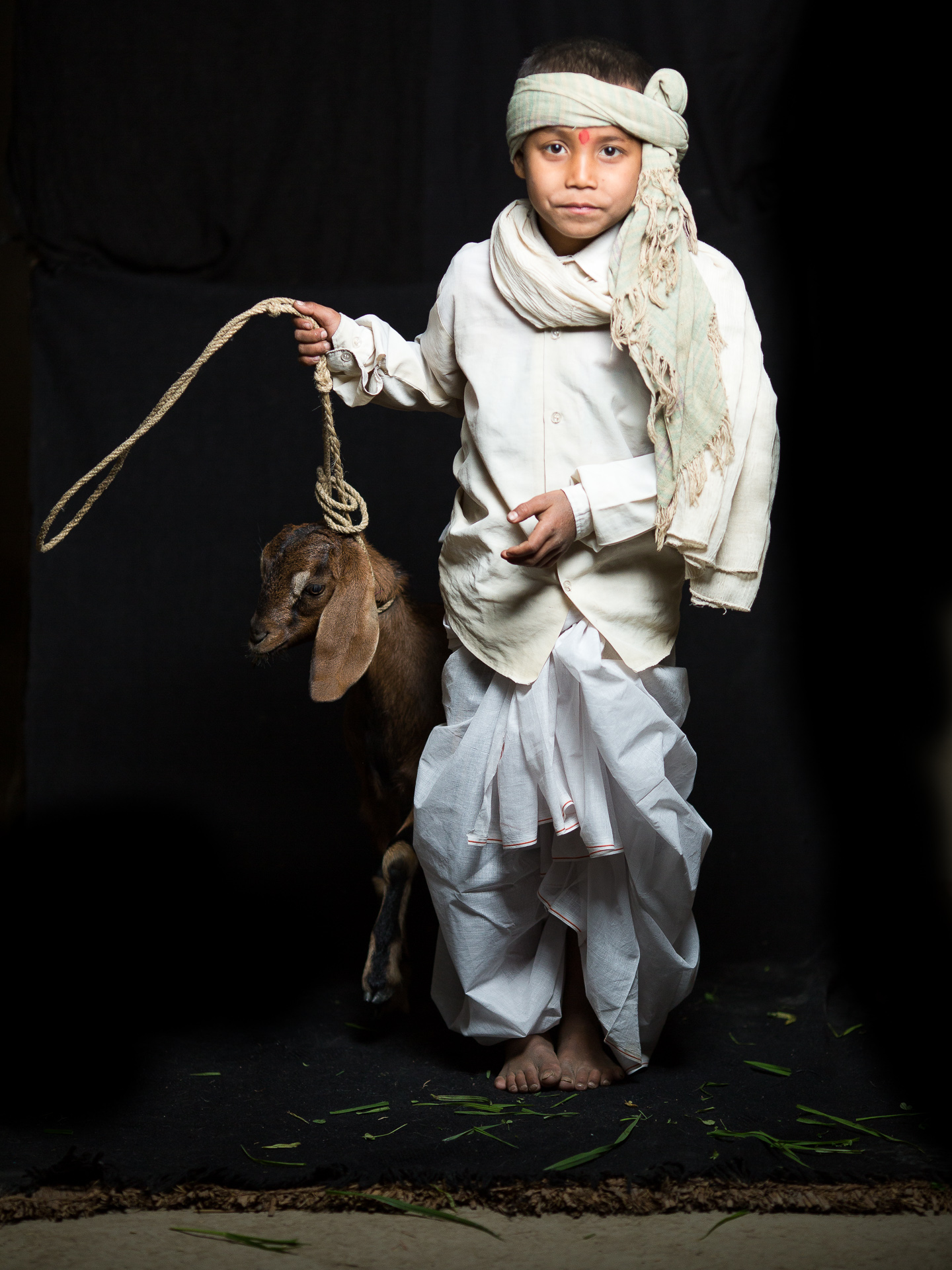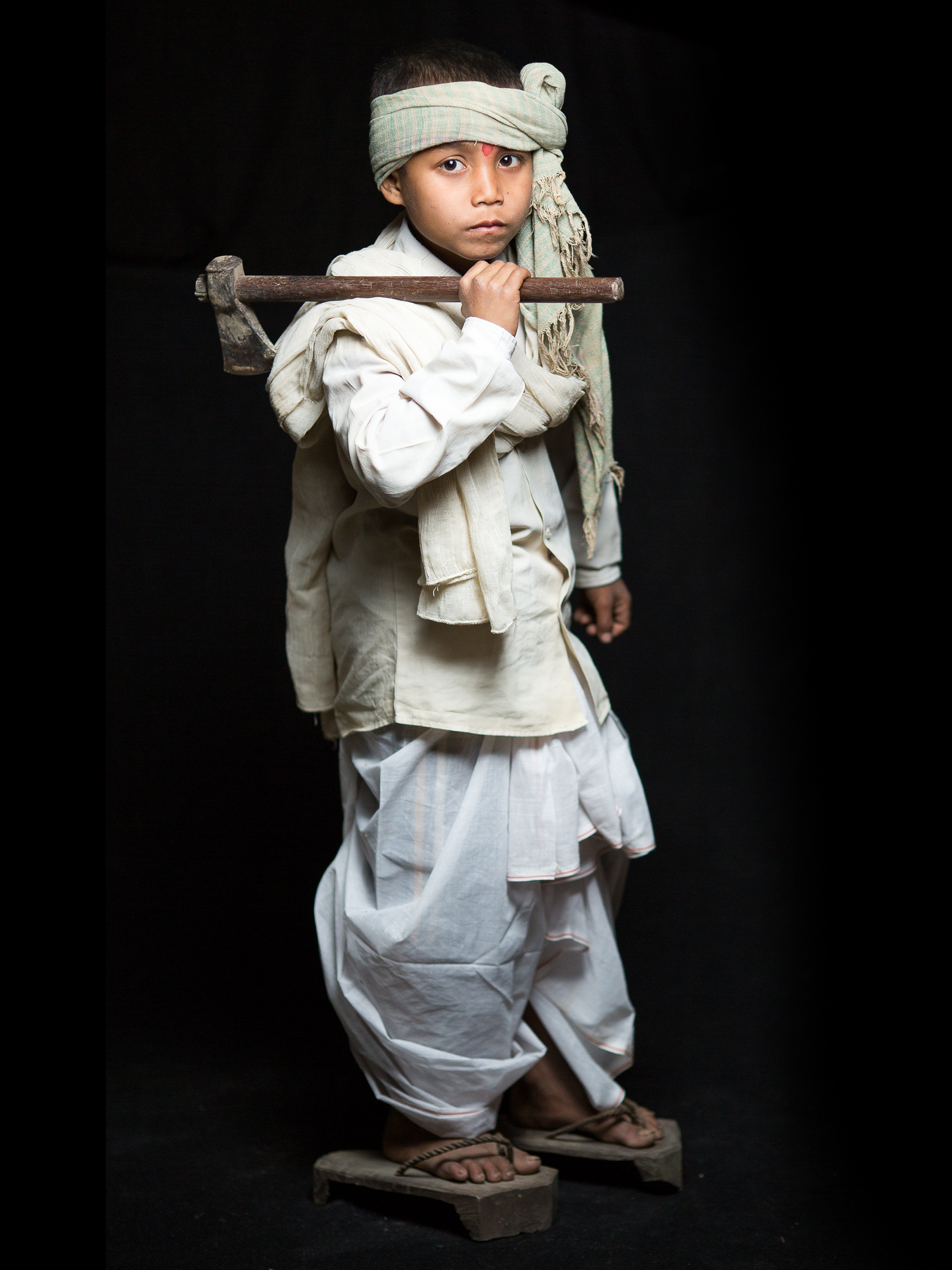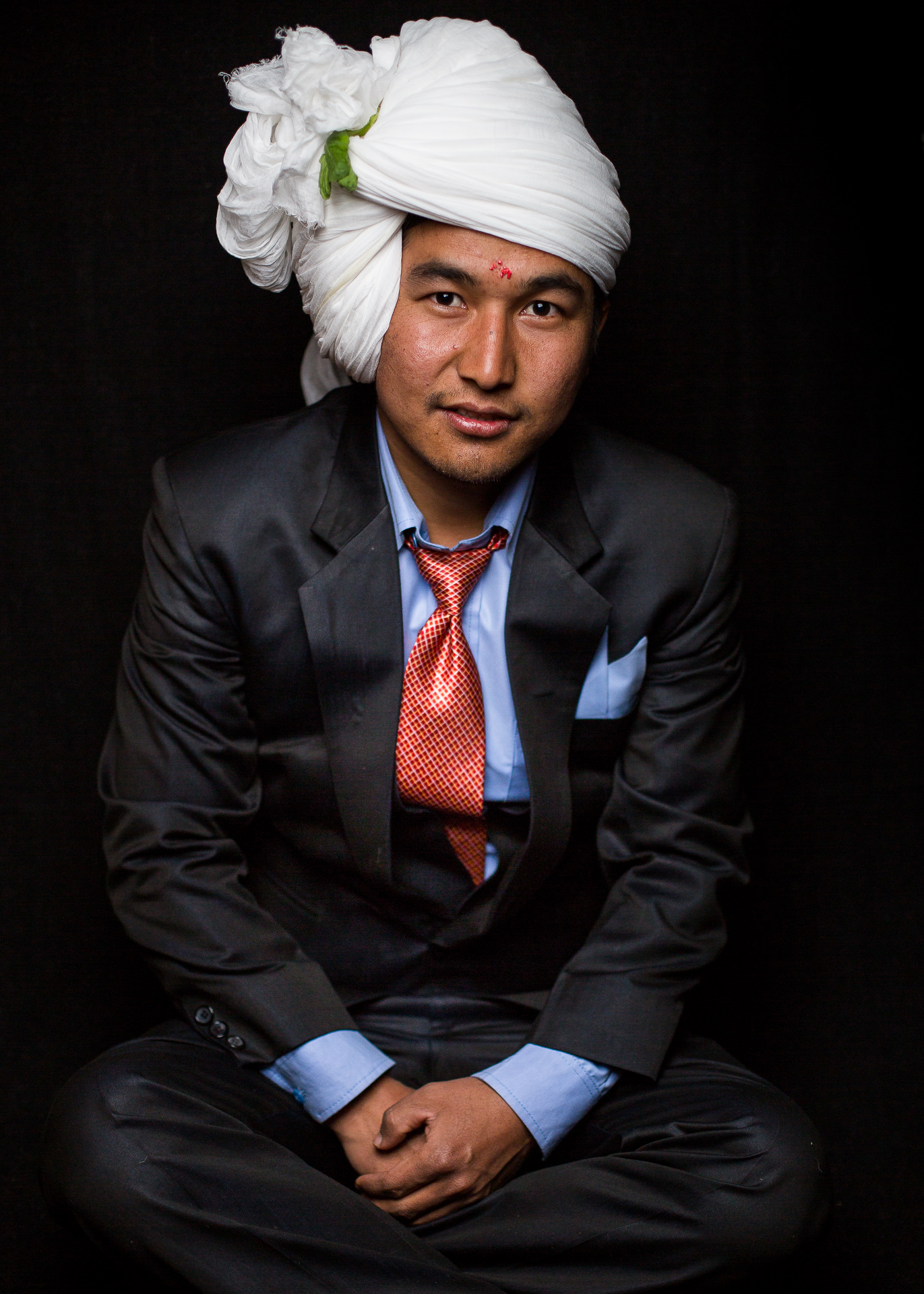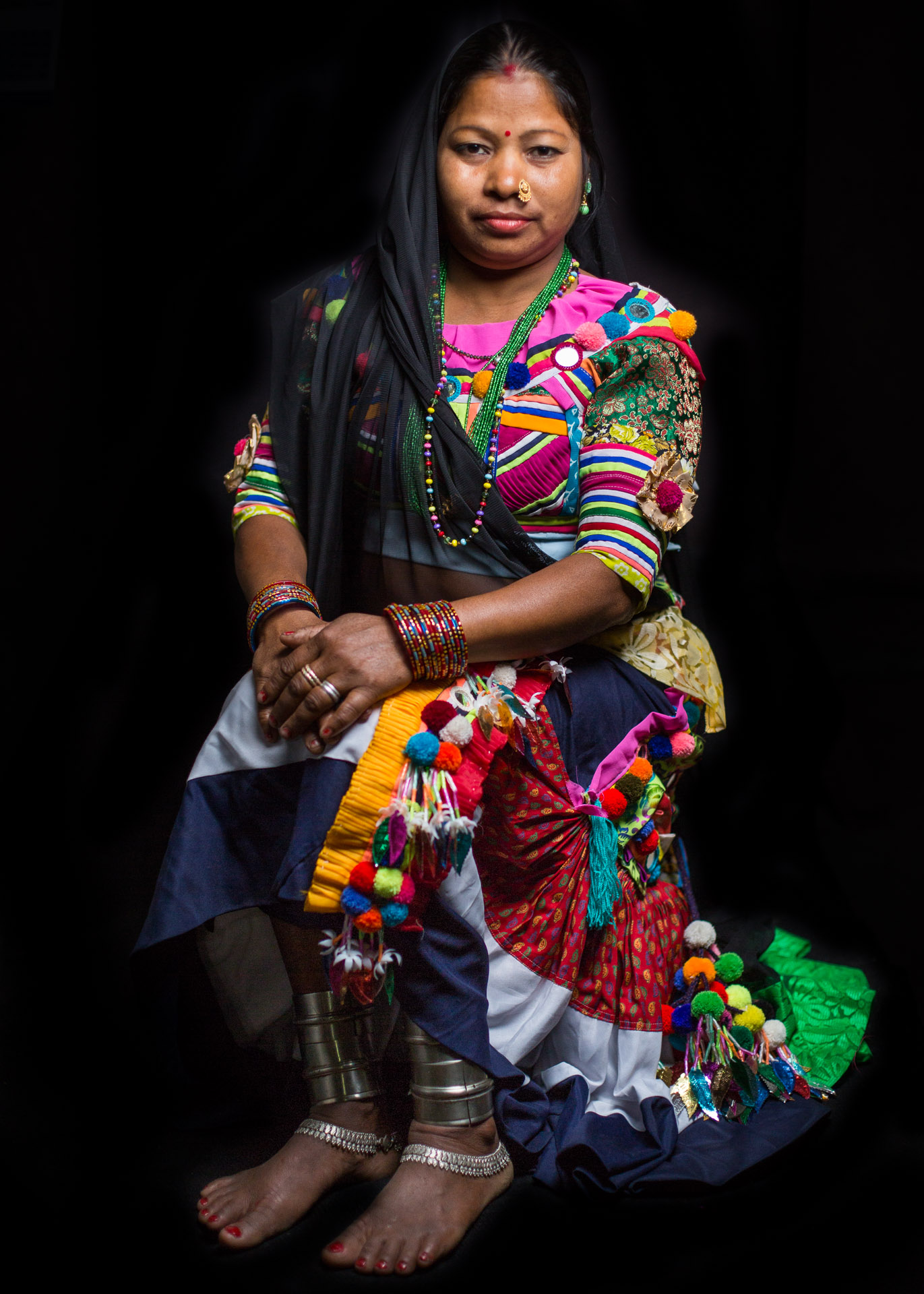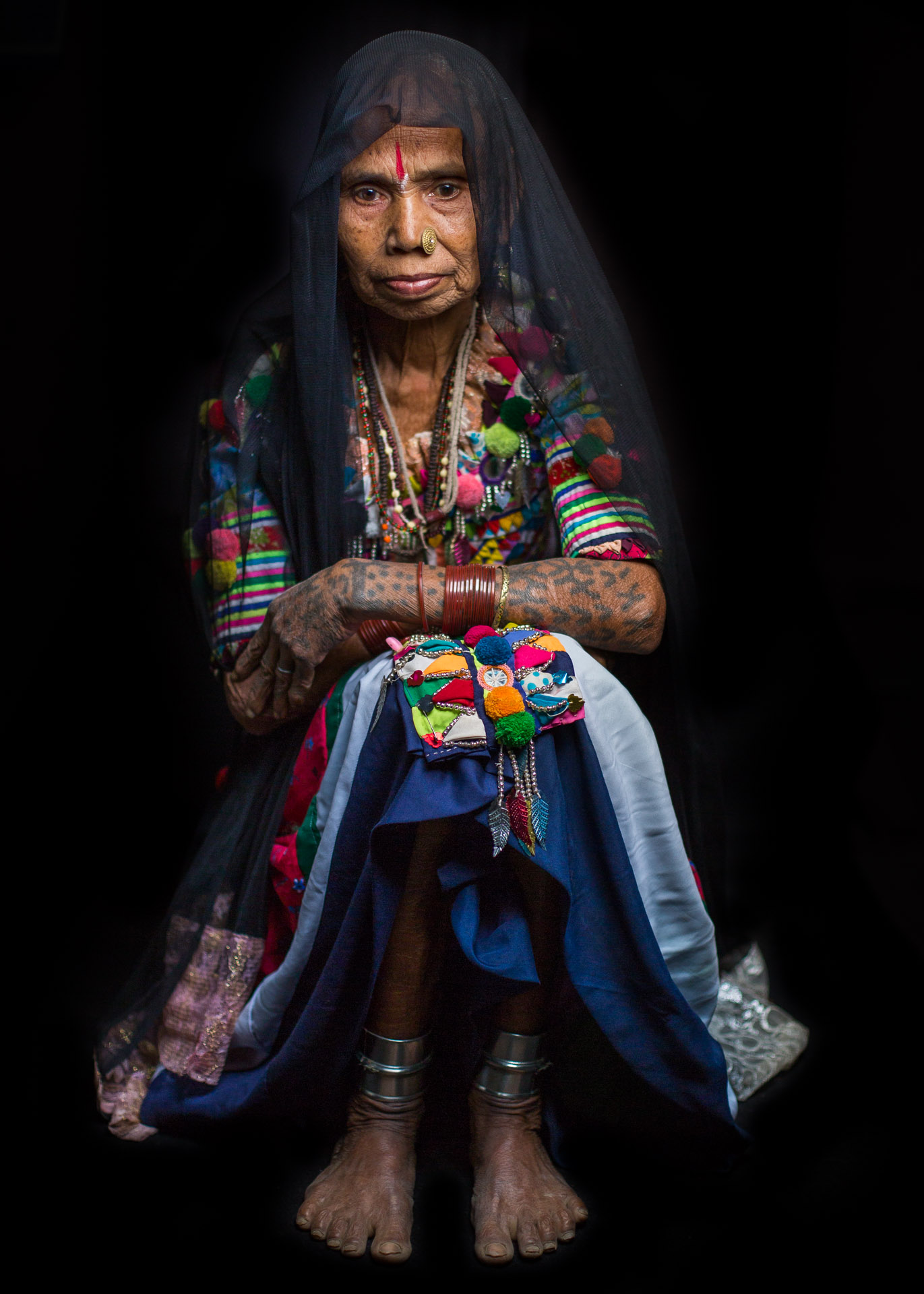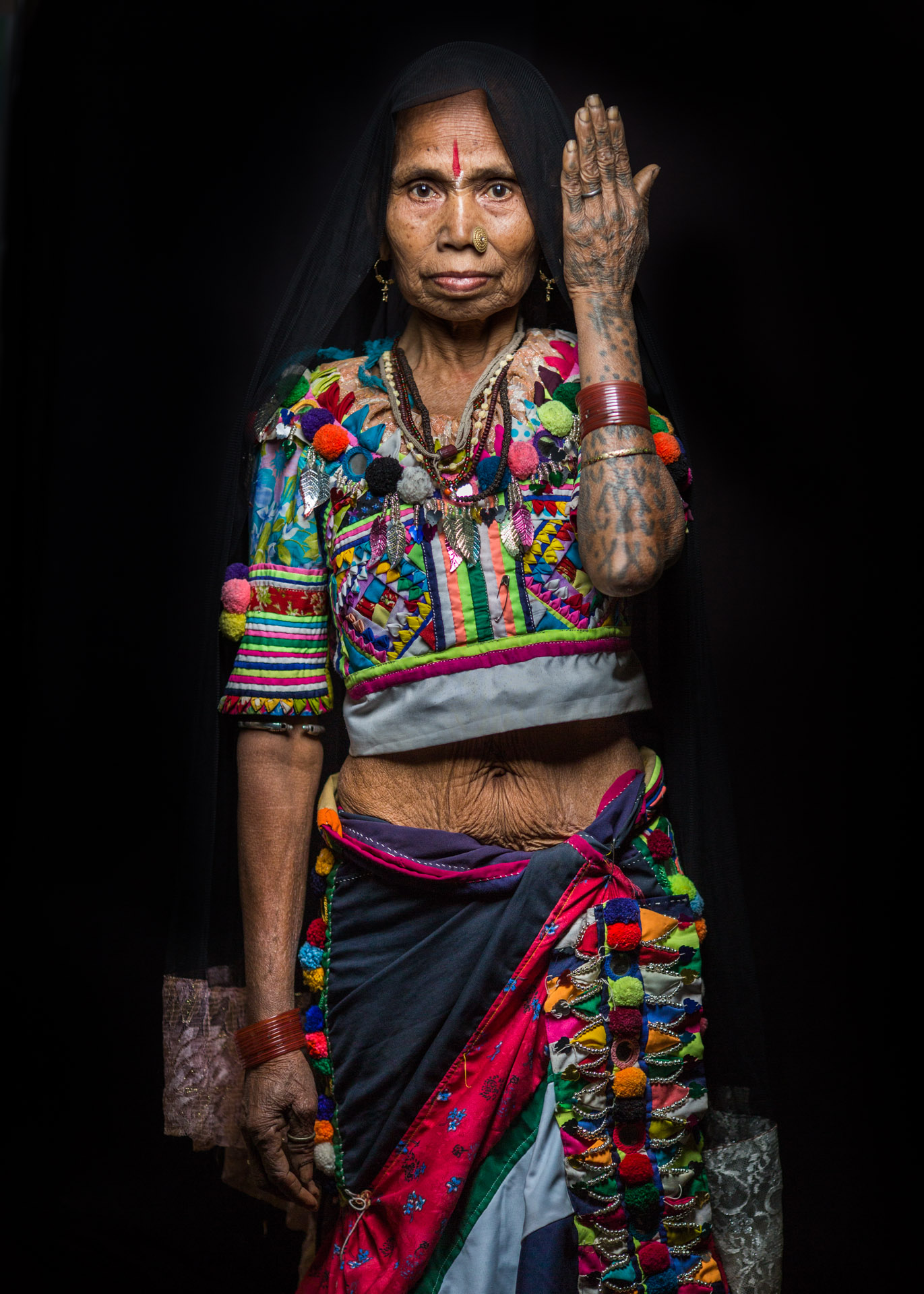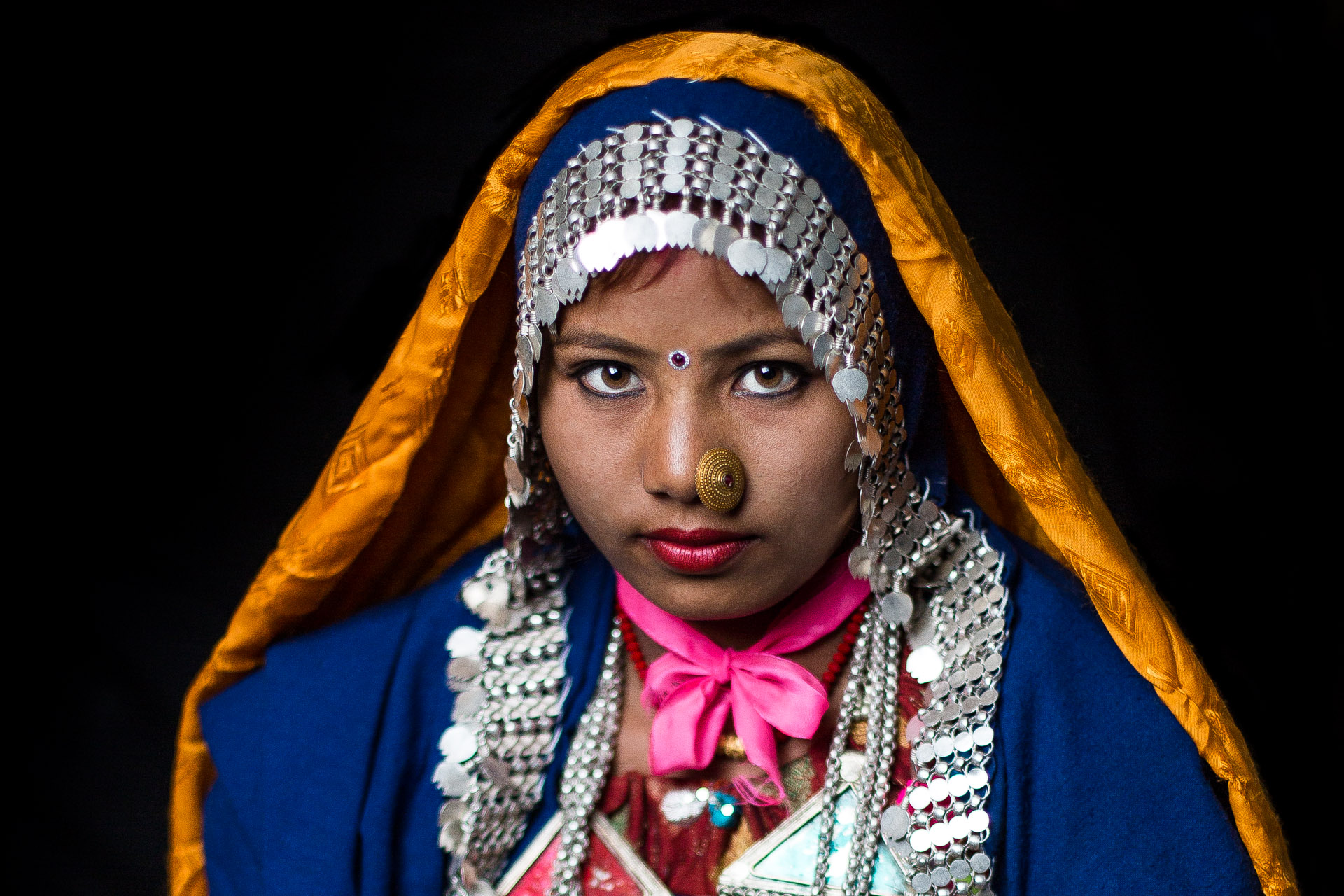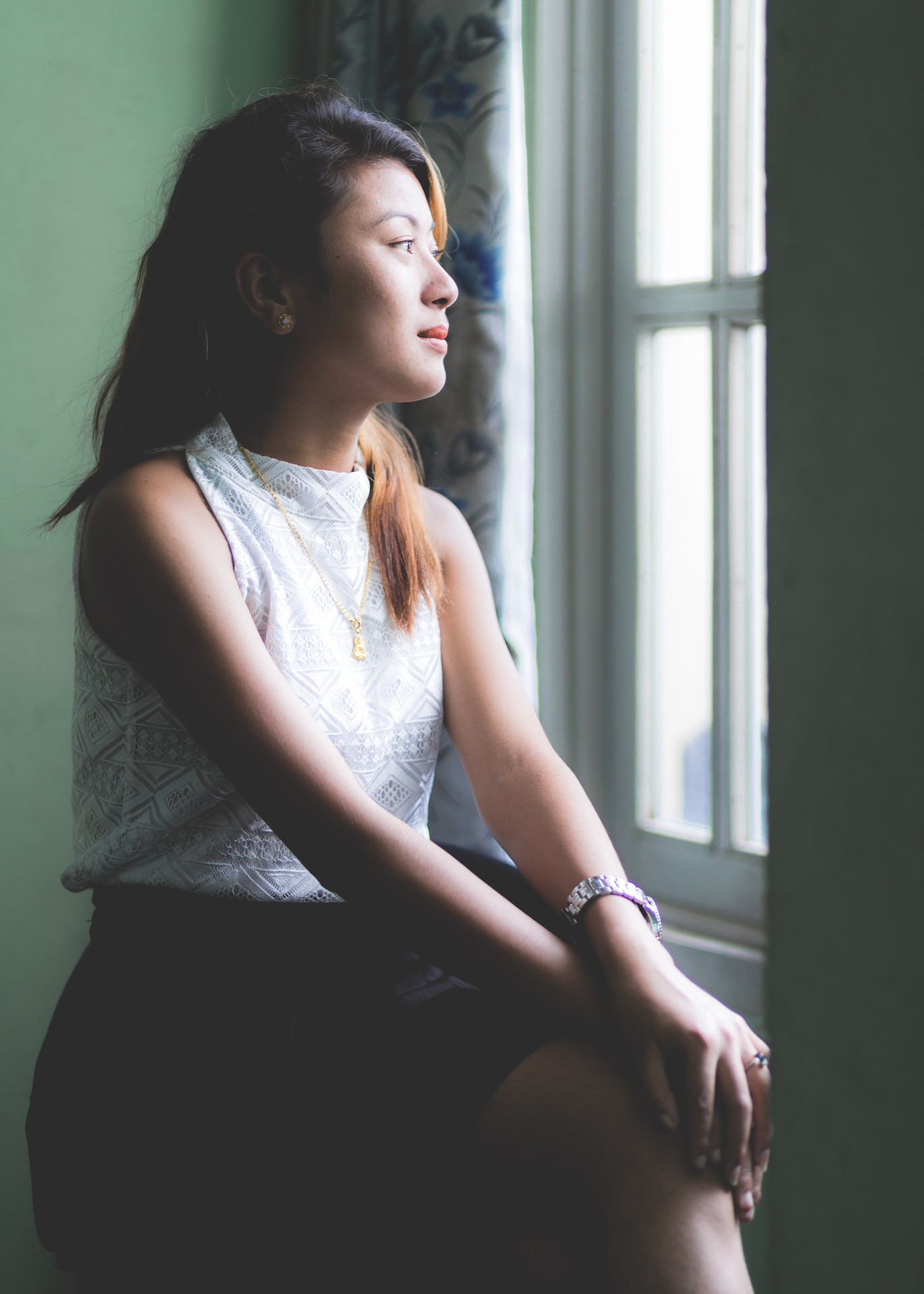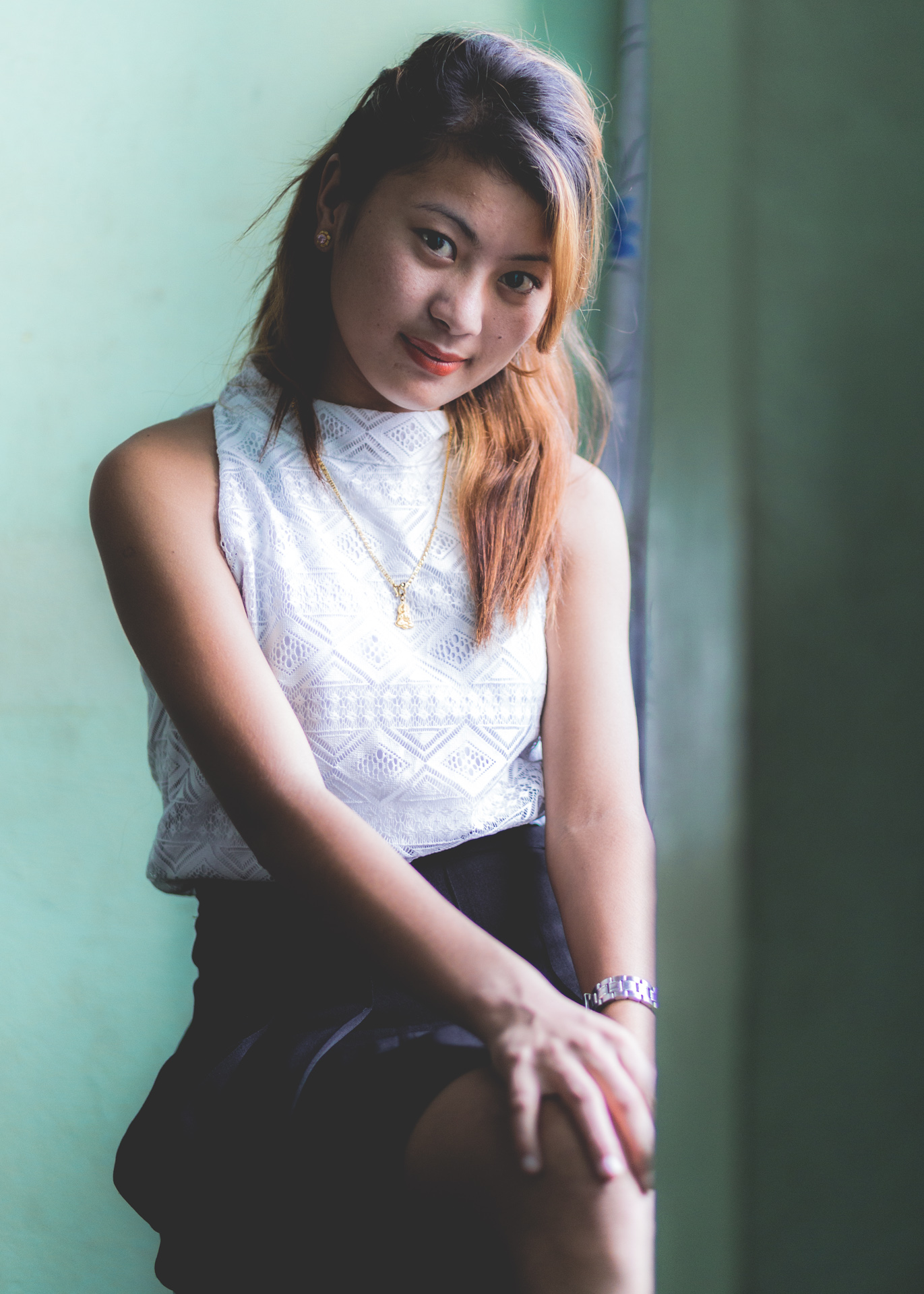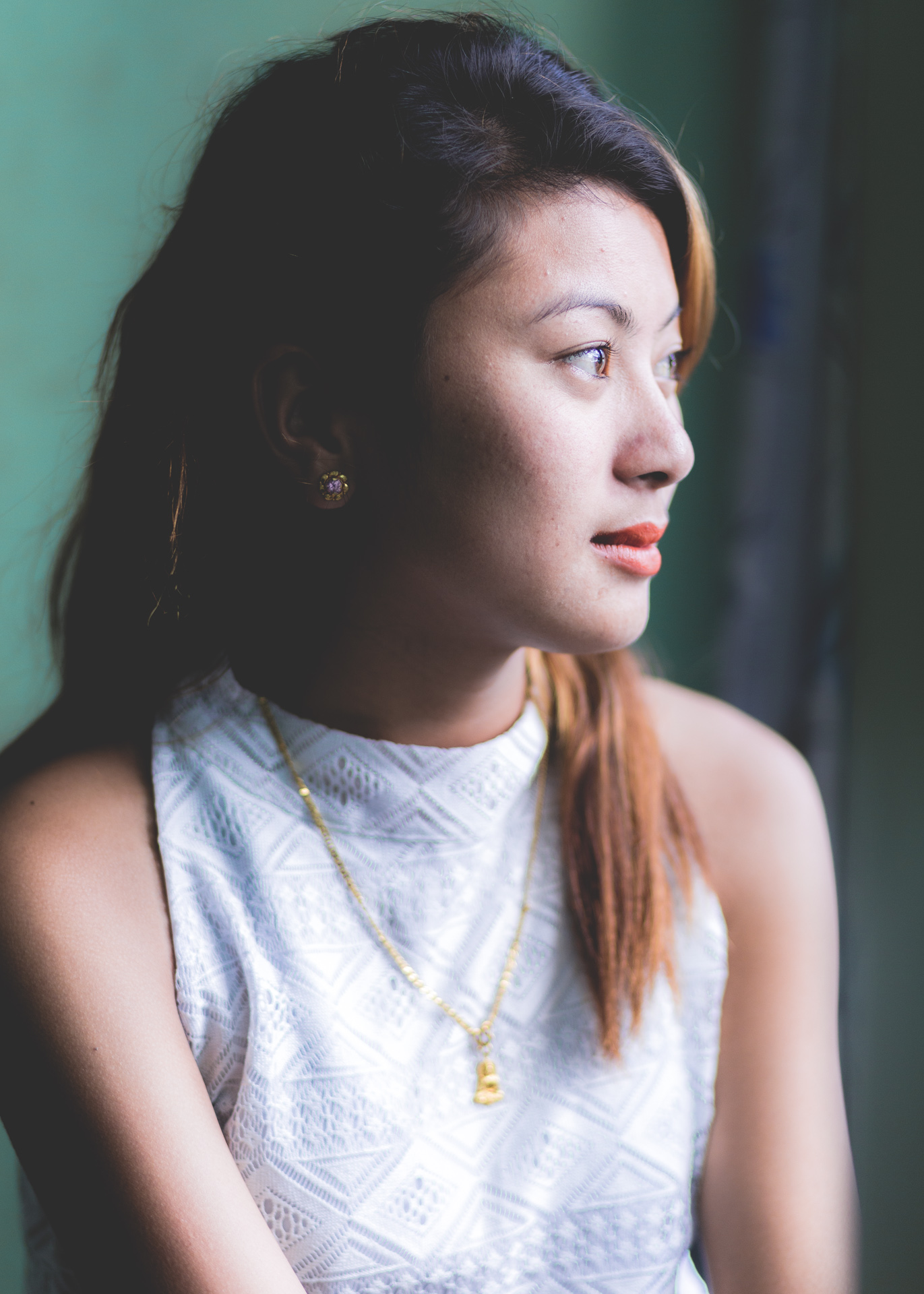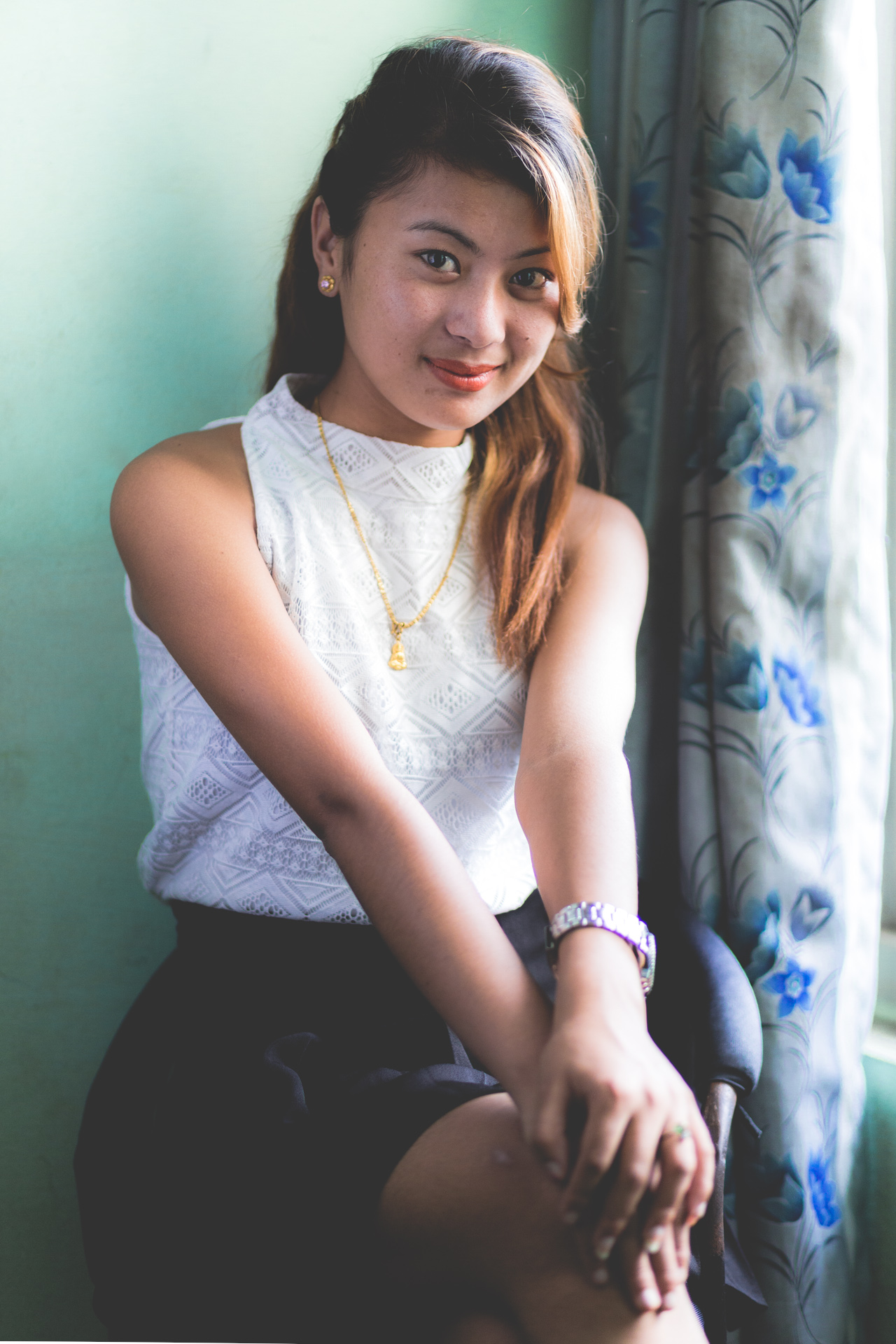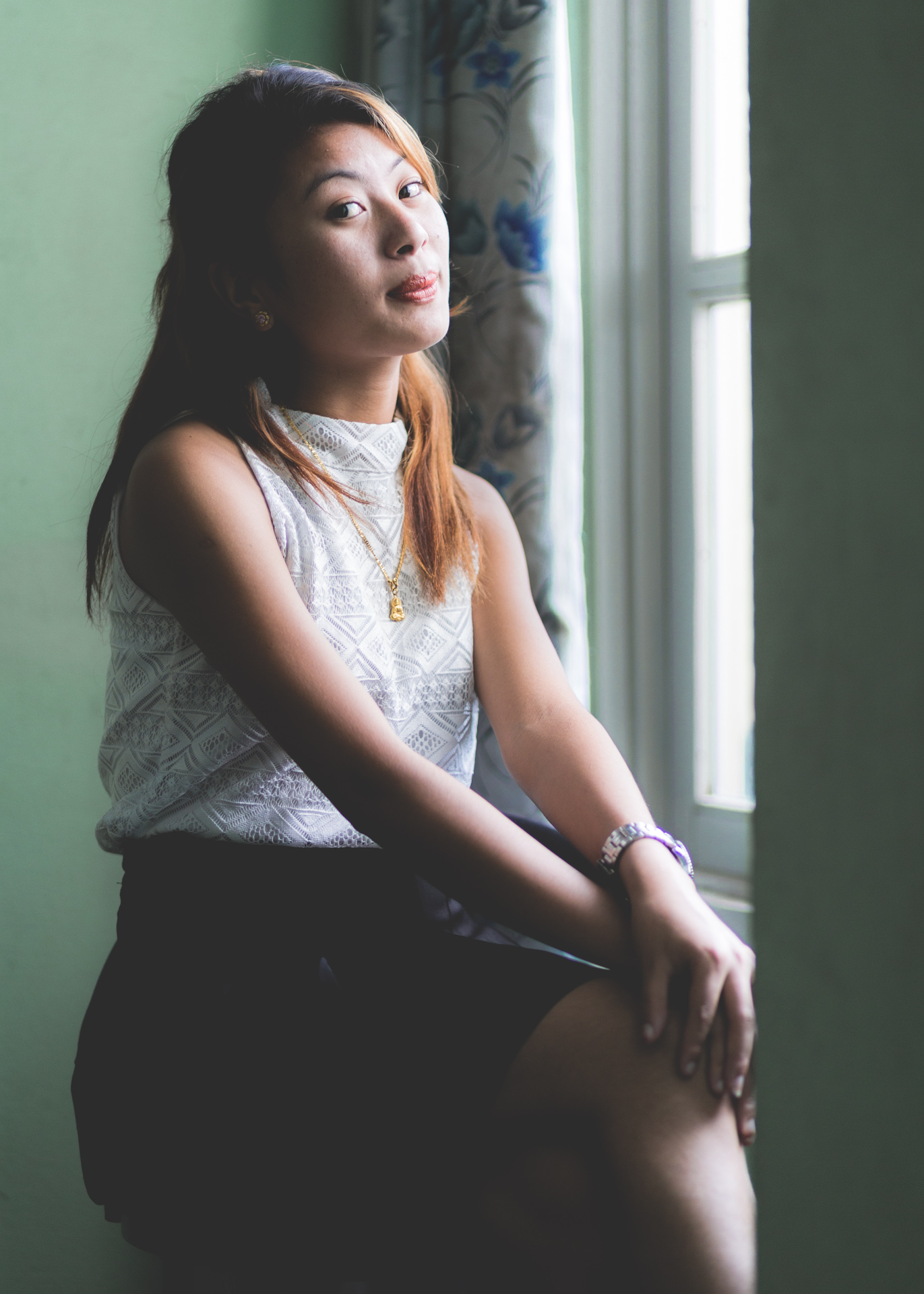The Newar people, historical inhabitants of the Kathmandu Valley.
The Newar people or Newar are the historical inhabitants of the Kathmandu Valley and its surrounding areas in Nepal and the creators of its historic civilization.
The valley and surrounding territories constituted the former Newar kingdom of the Nepal Mandala. Unlike a common-origin ethnic group, Newars are a good example of a nation-community with relic-identity of a previously existing country. Newar community within it consists of various strands of ethnic, racial, caste and religious heterogeneity, as Newars of today are descendants of the diverse group of people that have lived in Nepal Mandala since prehistoric times. Indo-Aryan immigrants like the Licchavis and Mallas that arrived at different periods eventually merged with the local indigenous Newar population by adopting their language and customs. These immigrants retained their Indic heritage and brought with them their Sanskritic languages, social structure, Vedic religion and culture which has profoundly altered the history of Newar civilization. Newar rule in Nepal Mandala ended with its conquest by the Gorkha Kingdom in 1768.
Today, Newars are a linguistic and cultural community of primarily Indo-Aryan and Tibeto-Burman ethnicities following Hinduism and Buddhism with Nepal Bhasa as their common language. Unlike other ethnic or caste groups of Nepal, they are a linguistic and cultural community that transcends religion, caste, ethnicity and cultural distinctions. Scholars have also described the Newars as a nation.[8] They developed a division of labour and a sophisticated urban civilization not seen elsewhere in the Himalayan foothills. They are known for their contributions to art, sculpture, architecture, culture, literature, music, industry, trade, agriculture and cuisine, and left their mark on the art of Central Asia.
According to Nepal's 2011 census, there are 1,321,933 Newars in the country. They are the nation's sixth-largest ethnic group, representing 5% of the population. Recent mass migration into the Kathmandu Valley has resulted in the Newars becoming a minority in their homeland. Despite the high level of development, Newar culture and language are both under threat today.
History
For about a thousand years, the Newar civilization in Central Nepal preserved a microcosm of classical North Indian culture in which Brahmanic and Buddhist elements enjoyed equal status. Snellgrove and Richardson (1968) speak of 'the direct heritage of pre-Islamic India'. This was the direct result of the years of migration of people from both north and south who brought with them not only their genetic and racial diversity but also greatly moulded the dominant culture and tradition if Newars.
The different divisions of Newars had different historical developments. The common identity of Newar was formed in the Kathmandu Valley. Until the conquest of the valley by the Gorkha Kingdom in 1769, all the people who had inhabited the valley at any point of time were either Newar or progenitors of Newar. So, the history of Newar correlates to the history of the Kathmandu Valley prior to the establishment of the modern state of Nepal.
The earliest known history of Newar and the Kathmandu Valley blends with mythology recorded in historical chronicles. One such text, which recounts the creation of the valley, is the Swayambhu Purana. According to this Buddhist scripture, the Kathmandu Valley was a giant lake until the Bodhisattva Manjusri, with the aid of a holy sword, cut a gap in the surrounding hills and let the water out. This apocryphal legend is supported by geological evidence of an ancient lakebed, and it provides an explanation for the high fertility of the Kathmandu Valley soil.
According to the Swayambhu Purana, Manjusri then established a city called Manjupattan (Sanskrit "Land Established by Manjusri"), now called Manjipā, and made Dharmākara its king. A shrine dedicated to Manjusri is still present in Majipā. No historical documents have been found after this era till the advent of the Gopal era. A genealogy of kings is recorded in a chronicle called Gopalarajavamsavali. According to this manuscript, the Gopal kings were followed by the Mahispals and the Kirats before the Licchavis entered from the south. Some claim Buddha to have visited Nepal during the reign of Kirat king Jitedasti. The Licchavi dynasty ruled for at least 600 years, followed by the Malla dynasty in the 12th century AD.
Newar reign over the valley and their sovereignty and influence over neighboring territories ended with the conquest of the Kathmandu Valley in 1769 by the Gorkhali Shah dynasty founded by Prithvi Narayan Shah. Systematic brutal suppression of the Newar people was pursued for generations during early dynastic rule in order to discourage them from any political aspiration.
Prior to the Gorkha conquest, which began with the Battle of Kirtipur in 1767, the borders of Nepal Mandala extended to Tibet in the north, the nation of the Kirata in the east, the kingdom of Makwanpur in the south and the Trishuli River in the west which separated it from the kingdom of Gorkha.
Another assigment for the cooking books of Marinka Bil of EetPaleo.nl
This time we are at the beautiful location of 'BioKip', Dreumel.
Links Sandy voor de visagie en rechts Marinka van EetPaleao.nl
Portrait Fashion shoot in the Jungle of Chitwan National Park
Between an elephant and a girl
Since two years I had the idea to photograph with a model and an elephant. I had to wait for the time that the abilities to do so came into my sight. This time in Nepal I traveled south to find an elephant that made it possible to stay calm and especially responded positively on the flash that I used for exposing the photographs.
Thanks for this go out especially to model Suzeena Shahi and my partner and lighting assistant Samjhana Bishankhe, Elephant Caretaker 'Ganesh', our local contact Manoj Ghimire who arranged this possibility.
Without all of them this shoot wouldn't have been possible.
Behind the scenes of the shoot. Samjhana lighting the scene and our friend taking care of the Elephant.
Een van mijn foto's van Laprak, het epicentra van de aardbeving, deze maand op de cover van het blad "Hoogtelijn" van de Nederlandse Klim en Bergsport Vereniging (NKBV)
Intercast Wedding of Bhanbari with Newari Shai
Intercast Wedding in Pachali Bhairab Temple
Traditions of the Kathariya Tharu
Kathariya Tharu of Pabera Goun.
Portraits of the Dangura Tharu
Rana Tharu of Danghadi
Pride of one family of Danghadi Goun.
The Rana Tharu's of Jugera
The Byashi Shaukh from Darchula in the mountains of Far-West Nepal
A Byashi Shaukh Wedding in Darchula, Far-West Nepal
This was a wedding that took place in the Nepali Darchula. The bride came from the village of Sitaura and her Husband came from Indian Dharchula, just across the border. We where invited to take a few portraits at their wedding.
Rana Tharu tribe in Jugeda, Far-West Nepal
Lady at the Krishna Tempel in Danghadi goun, Far-West Nepal.
Lady who is caretaker of the Hindu Krishna Tempel in Danghadi goun, Far-West Nepal.
Dangura Tharu
INTERVIEW WITH YOUNG DANGURA THARU GIRLS IN CHAUDHARI REGION
“We are known for our strong community”
During our visit in Chaudhari region in the far west of Nepal, we interviewed three young Dangura Tharu girls. Manisa, Nisha and Kushuma told us about their cultural background and believes. The heritage of Dangura Tharu people lies in inner Terai, in Dang Deukhuri district. This is why they are called Dangura Tharu. Even though their main community still lives in this area, these days Dangura Tharu are also to be found in other regions in the Central and (Far) West of Nepal.
“When it comes to our cultural heritage you should know about our most important celebration: New year, Maghi*. This festival is also known in other Tharu communities, but it is very important to us that we celebrate according to our own costumes. During Maghi we will start our day with a thorough wash, for this will cleanse us from any deceases we might have. And we always celebrate our new year with a relaxed body and mind. This means we aren’t working and the first three days of our new year will be only about singing, dancing and eating our traditional foods made from rice flour. As we believe that when we start our new year with nice and cheerful activities, there lies a nice and cheerful year ahead of us. Just like we do in any other important occasion, the celebration starts in the house of our Badghar**. From there we dance and sing from door to door for the following three days.”
“You should also know that we are known for our strong community. I will give you an example: whenever something big happens, like a marriage or even a death, our entire community will gather to see how we can help out. This means every family will be there to contribute to some of the necessary tasks. Together we decide who is responsible for inviting the guests and who will cook our festive meals. Others will be divided the tasks of doing the dishes or taking care of decoration. If a family fails to support in such an important occasion they will be charged a 200 rupees*** fine.”
“Not only do we share and take care of the necessary tasks together when it comes festivities, we also share and exchange the children of our families. While in the early days marriages were arranged whenever a child was still in it’s mothers womb, these days things work a little differently. Mostly our marriages are still arranged, but some children are asked for their opinion in the matter. Though whenever our brother marries a girl from a certain family, we are obliged to marry a brother of our brothers wife. After our wedding we will move into the family house of our husbands and the wife of our brother moves into ours.”
* Maghi is celebrated in the first day of the month of Magh, which is mid January in the Gregorian calendar.
** Badghar is the elected village chief and responsible for all decision making in case of any type of problem. He is chosen for his nice, good and social character and not aloud to drink or to do anything else that can bring damage to the community.
*** 200 rupees is about 1,65 euro.
Previous text:
We talked with Manisa, Nisha and Kushum Chaudhary about their Dangura Tharu culture and community. They live in Danghadi goun (village). As the local people explained Dangura Tharu people are originaly from migrated from the Dang district in Nepal. Because of this they are called Dangura Tharu. Their main community is still in Dang but ones they spread out over other area's in Central and (Far) West-Nepal. They live in the Tarai and inner Tarai, the part of Nepal that consists of planes, forests and mainly farming fields.
Kamaiya are also from this same community. Before 2007 they were used as slaves for rich people, mostly higher casts. Still the Kamaiya people where uneducated so live from labour work that consisted of the most physical and they didn't got any salary as they where slaves. At this time they mostly live still in separate villages that are called 'Siver', the land that is given by the government after they recently got liberated as slaves.
The three girls are studying in class 9 at the Shree Danghadi Higher Secondary School. During our interview they described that Magi is their most important festival. They visit the houses from from their villages from door to door and sings and dance for three days. They are proud to be from the Tharu community and feel happy to show their cultural dressing for our portraits.
The 'unofficial' Khumba Mela at the Godawari Ashram, Nepal [January 10, 2016 // 2072 1st of Margh]
At January 10, 2016 // 2072 1st of Margh a Kumba Mela took place at Danghadi Godouri Temple. A Kumba Mela is Hinduistic festival where tenthousands of people gather for purifying themselves in a river with holy water. Also they worship their gods and get a blessing from one of the many present baba's and sadu's (hindu priest). Kumba Mela used to take place only in India so this is the first time in Nepal. During our visit we met serveral baba's and sadu's. One of them told us the story about this festival. He explained that this Godouri Khumba Mela is not an official Khumba Mela because it is not organised by the baba's and sadu's but by the local autorities and by entrepenaurs. We had the honor to take portraits of a few of the baba's and sadu's.
Dangura Tharu lady in Far-West Nepal
Dangura Tharu lady in Far-West Nepal
Rana Tharu Tribe in Far-West Nepal
In January 2016 for the first time I had the honor to take portraits of the Rana Tharu Tribe in Far-West Nepal.
Photoshoot in Kathmandu, Nepal with Punam Gurung. [ July 2015 ]
Photoshoot in Kathmandu, Nepal with Punam Gurung. [ July 2015 ]












